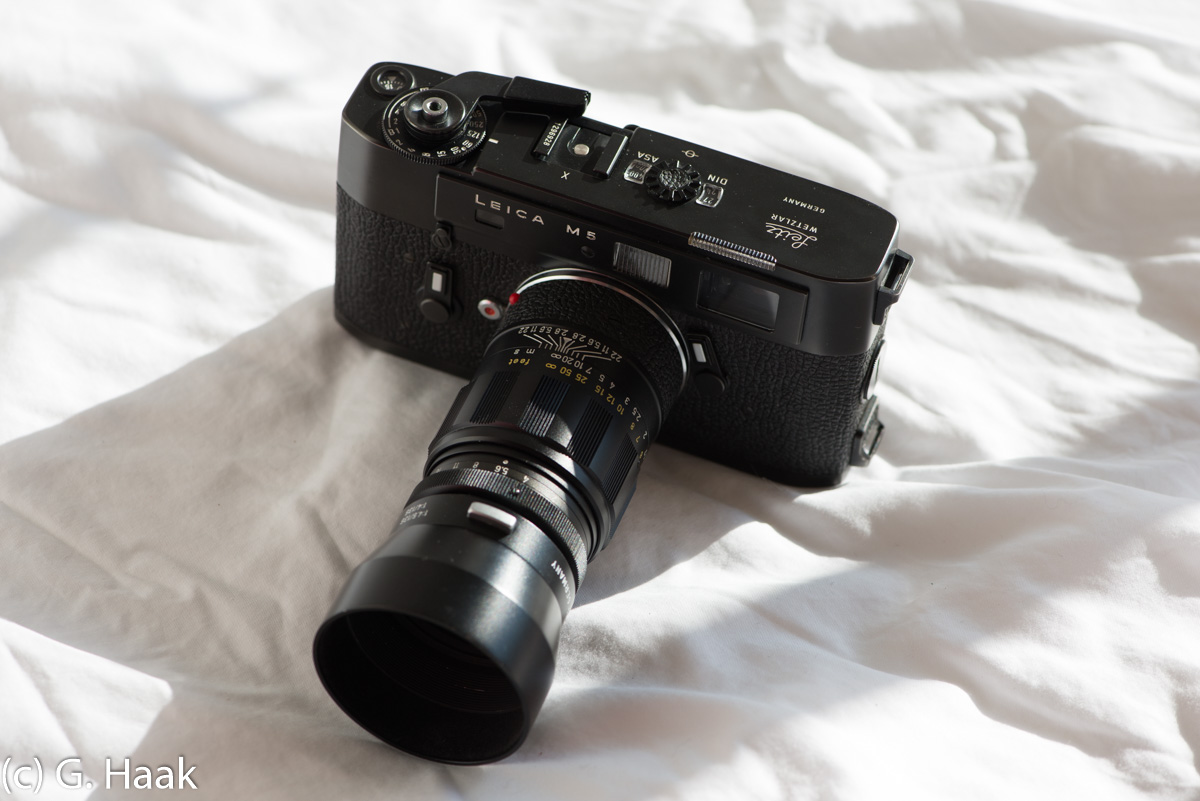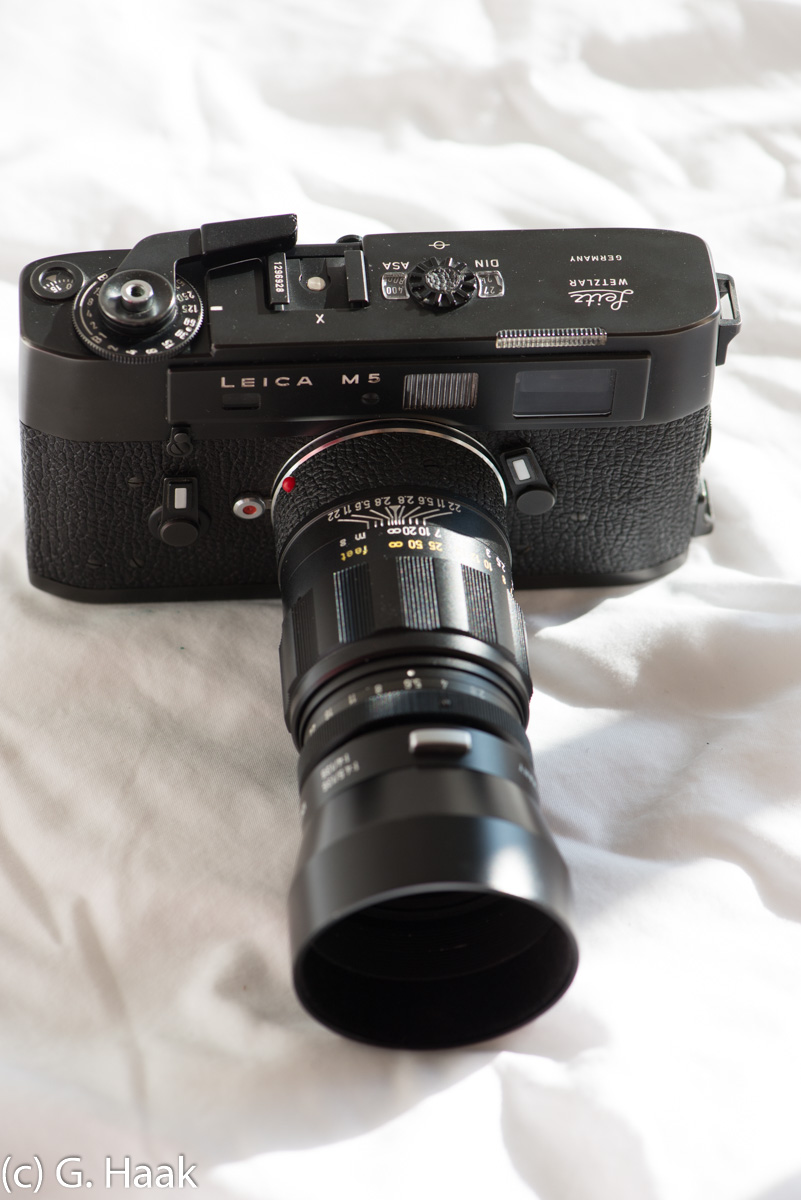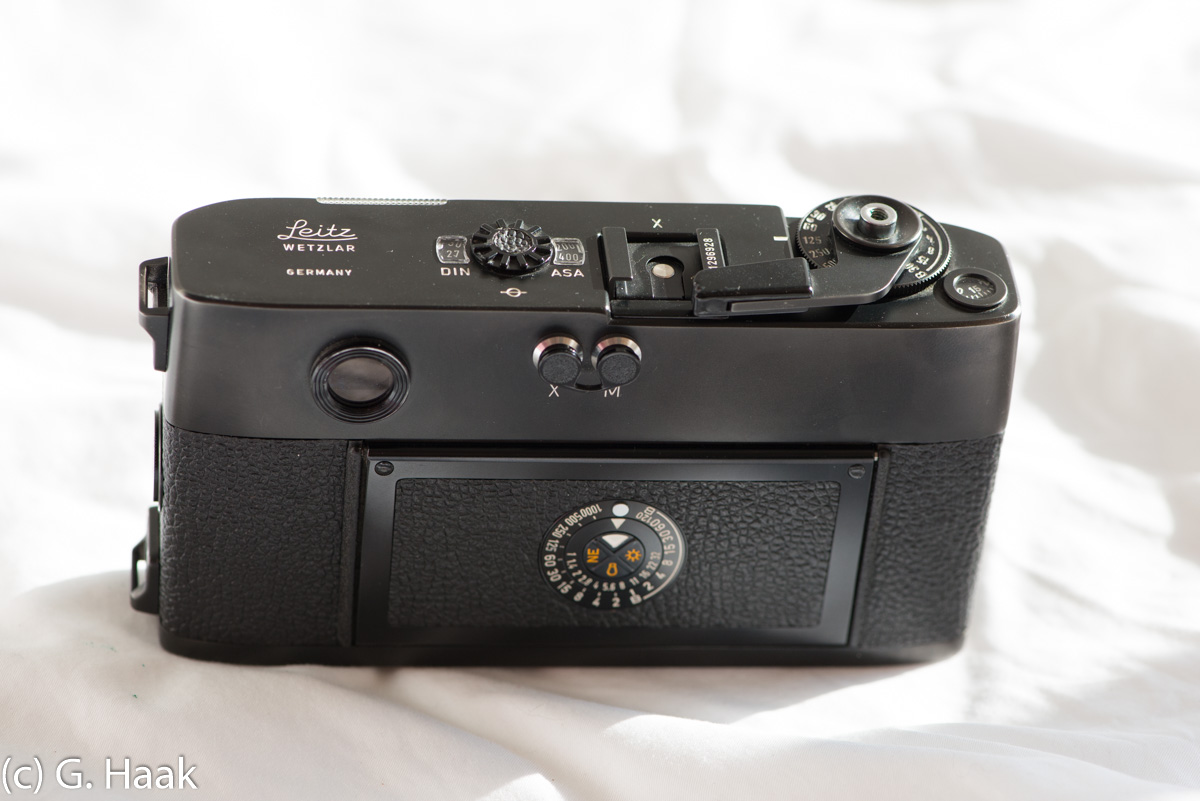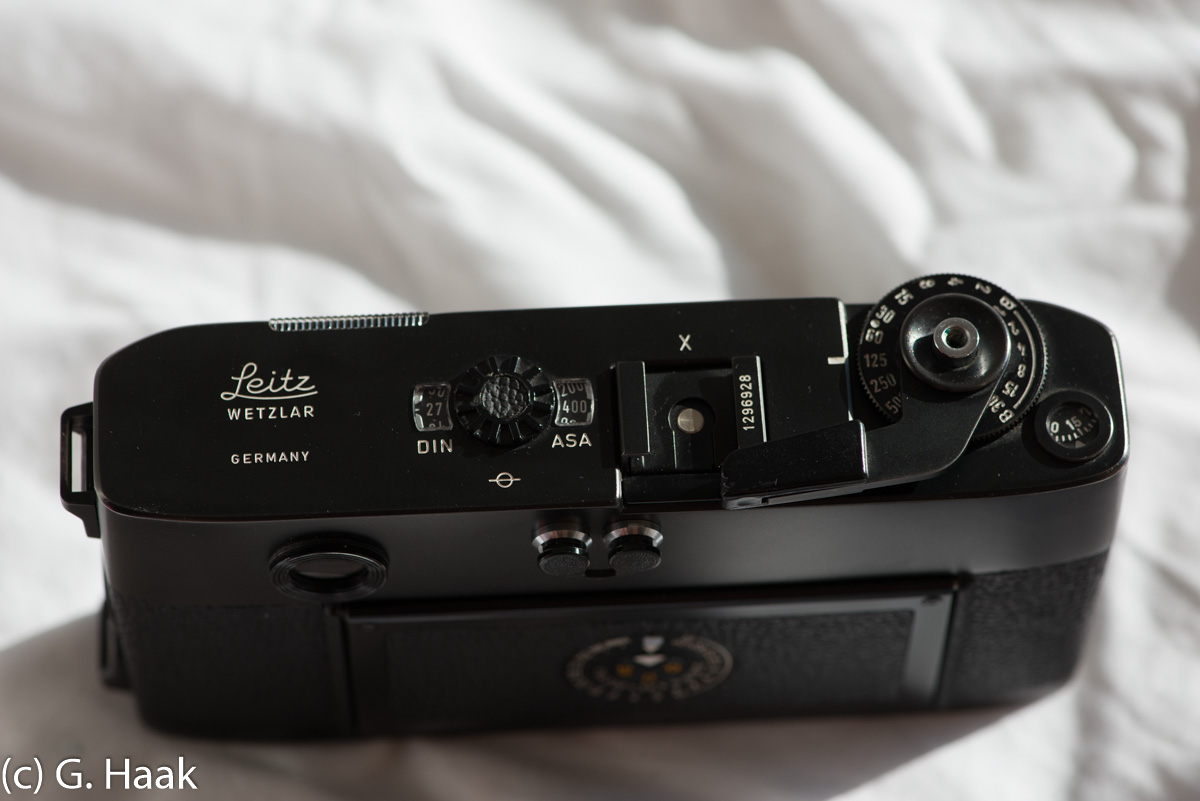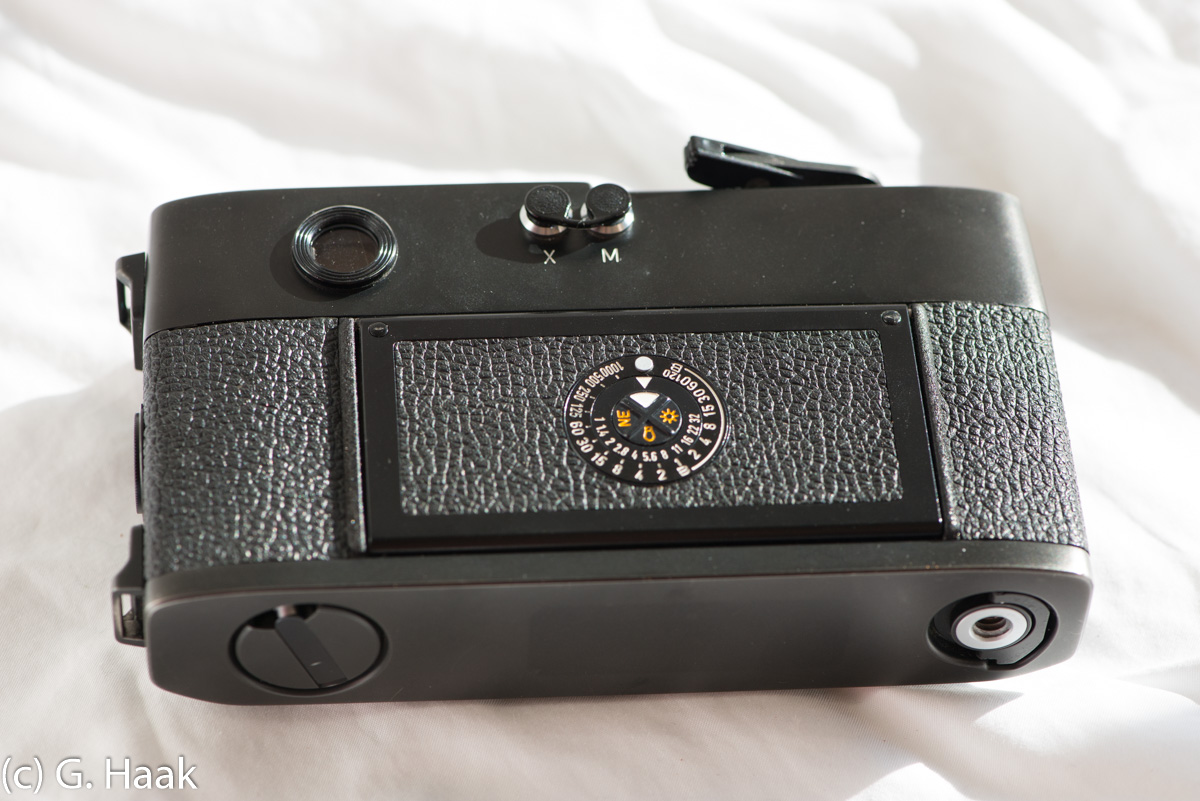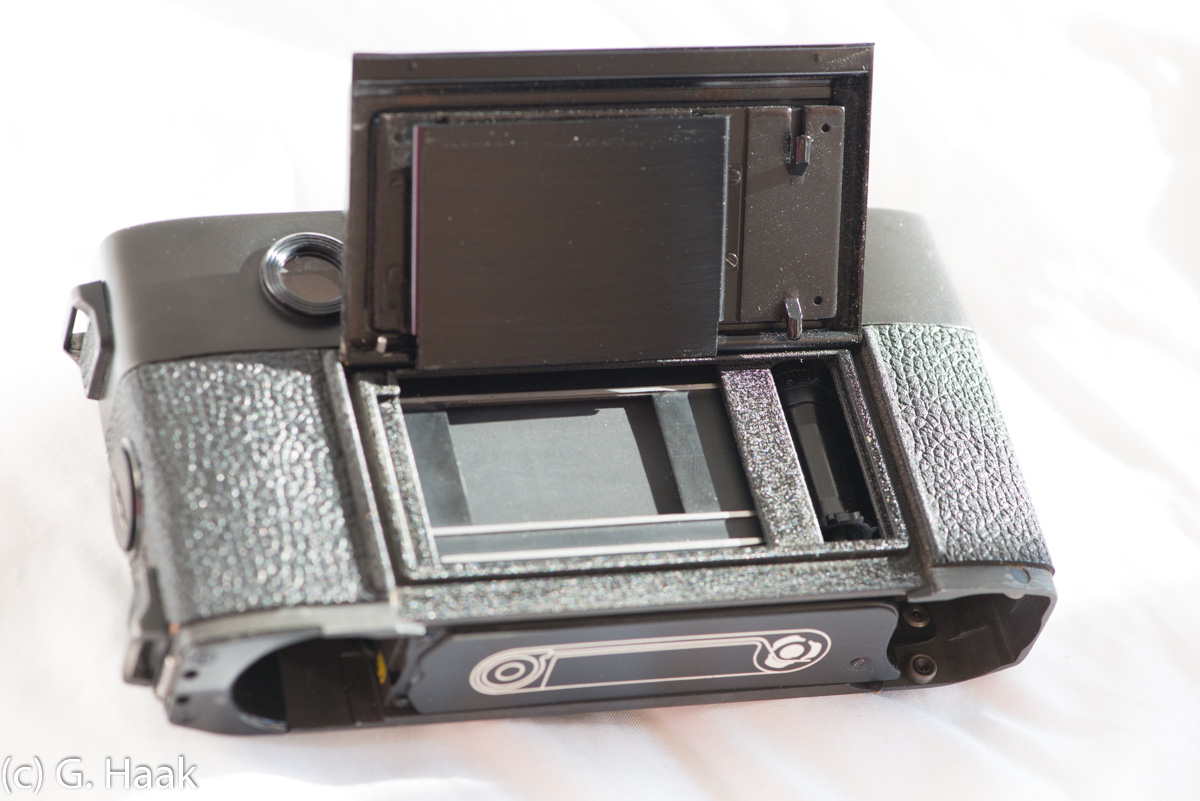Leica cameras
(work in progress)
Leica (="Ernst Leitz Camera) is one if not the most famous historical camera brands. Its claim of fame derives from Oskar Barnack's invention of 35mm still film cameras. With their small form factor and the possibility of convenient as well as inconspicuous shooting they laid the foundation for street photography. Thus, famous photographers like Henri Cartier-Besson and Robert Doisneau promoted the revolutionary technology.
Today mechanical and digital Leica cameras are just as much a fashion item as a still pefectly functioning tool for photography
Screw mount Leicas (Schraubleicas)
to be filled
Leica M series
While still being in high demand, the old Schraubleica design became old fashioned. Some of the quirks of the old camera design included the rotating speed dial, the slow change of lenses, and the separation of rangefinder and viewfinder window. Also the loading of the old cameras with its need to cut the end of the film into a certain shape needed some practice and even then was not done easily or quickly.
The Leica M series overcame all these issues and with this became an instant classic.
Leica M3, 1954-1966
It is hard to find a camera more famous than this one. With this camera Leica introduced a design that ruled the world of professional photo journalism as well as amateur photography for approximately 15 years before SLRs became the tools of choice. Over its lifetime more than 200.000 cameras were sold worldwide.
The first camera is a mint example of the so called double stroke design with already some newer features like the geometric succession of speed (1-2-4-8-... seconds) and a base loading scheme without measures. It still has the "ear" type strap lugs at the side. The film pressure plate on this one is made of metal. ALso the camera was only repaired by the official Leica service if at all: the "L"-seal above the lens mount is still intact.
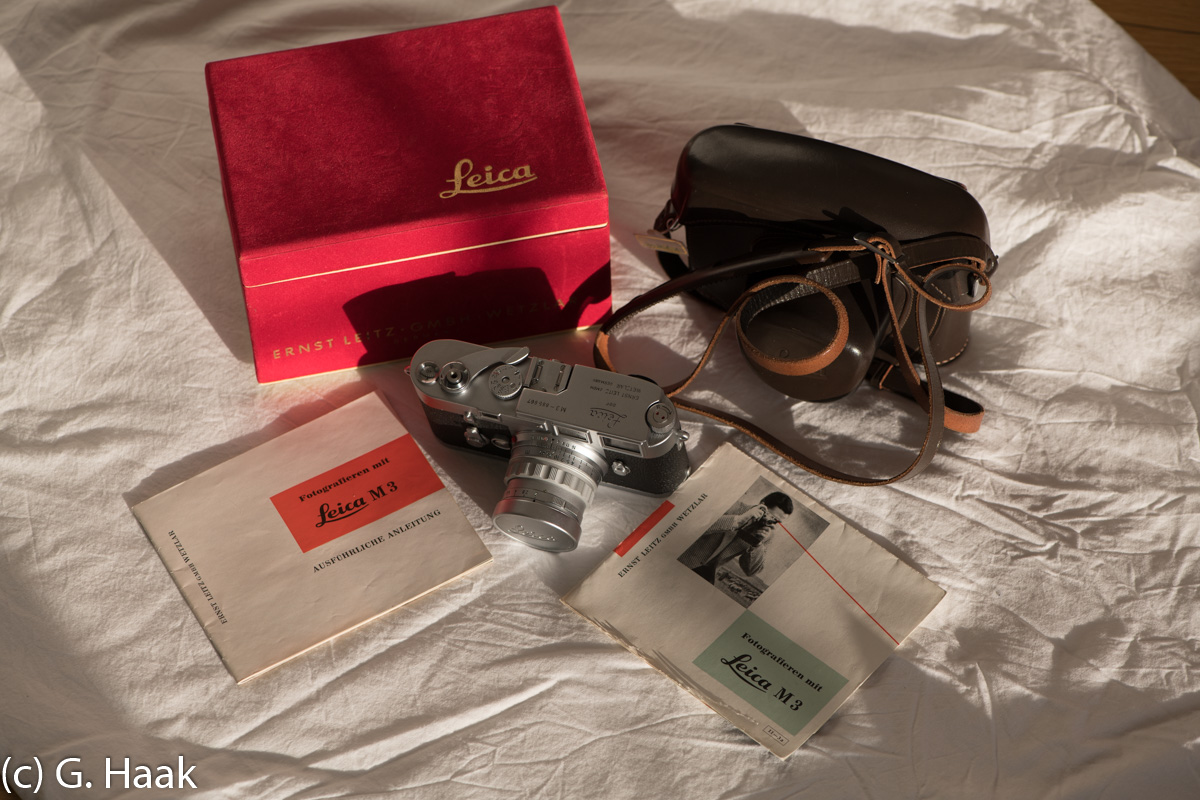
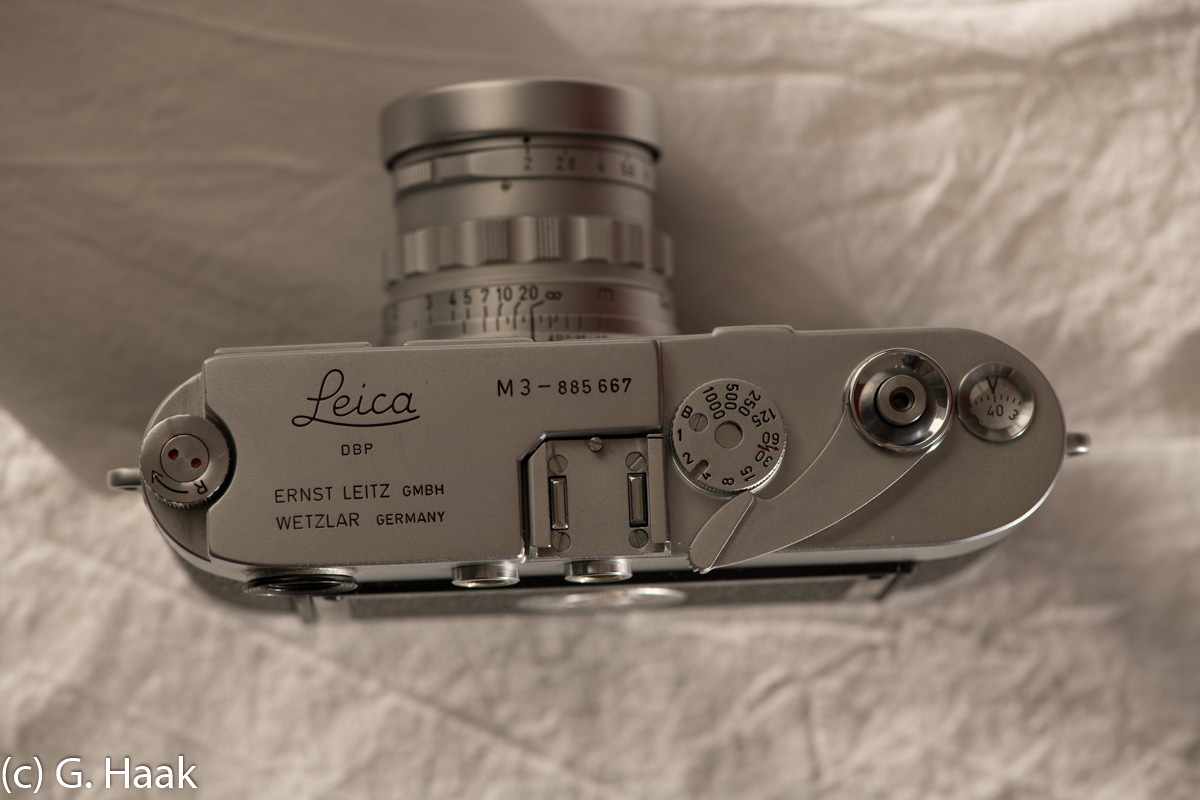
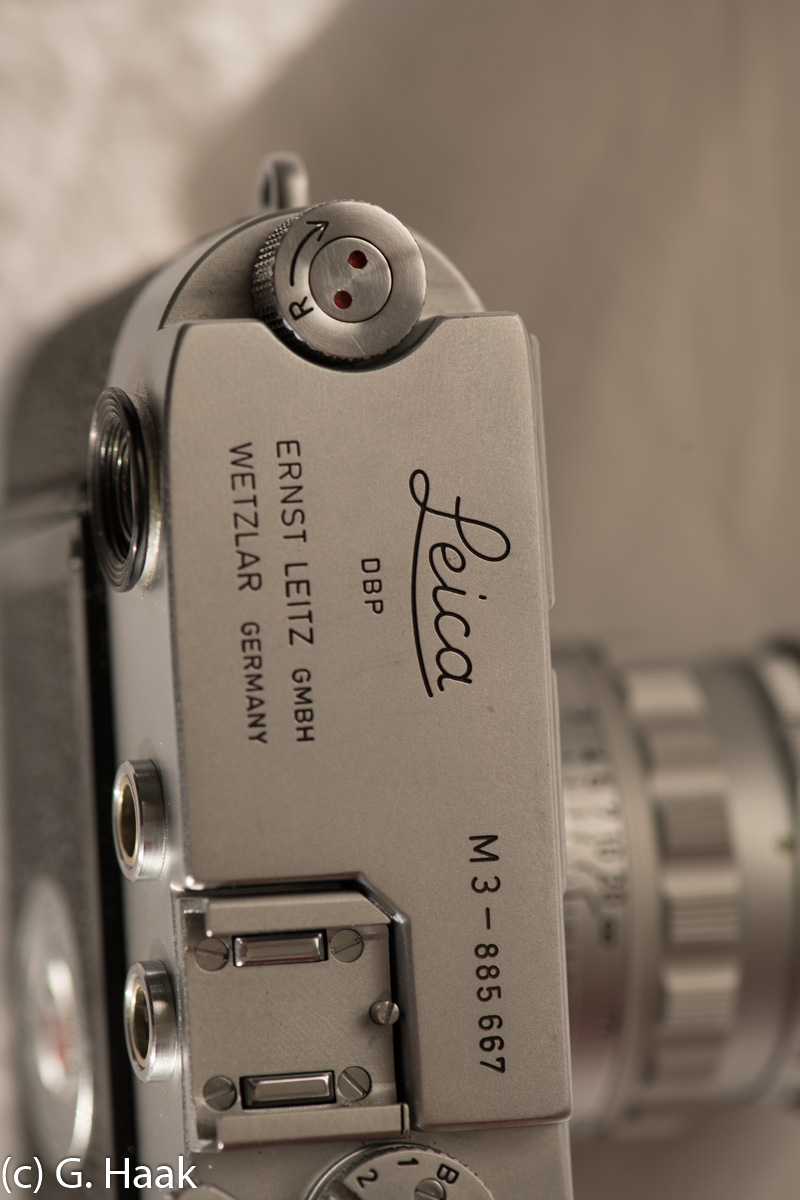
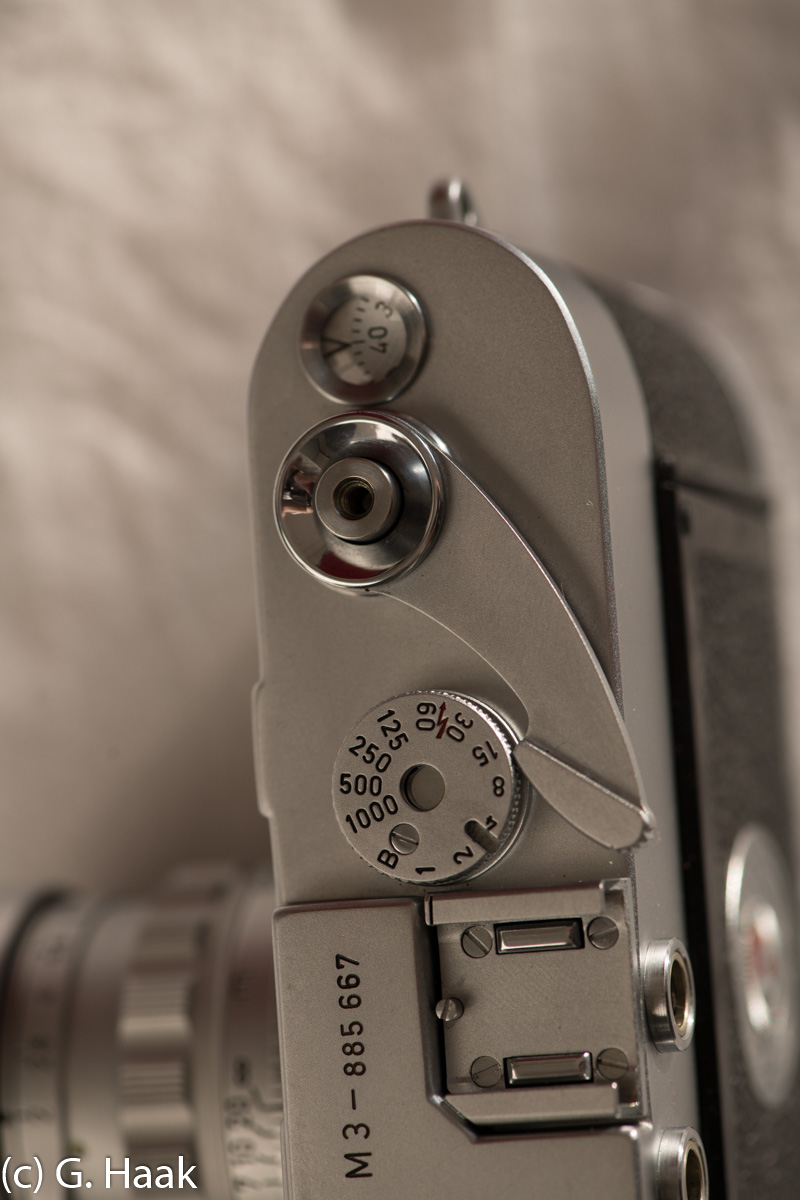
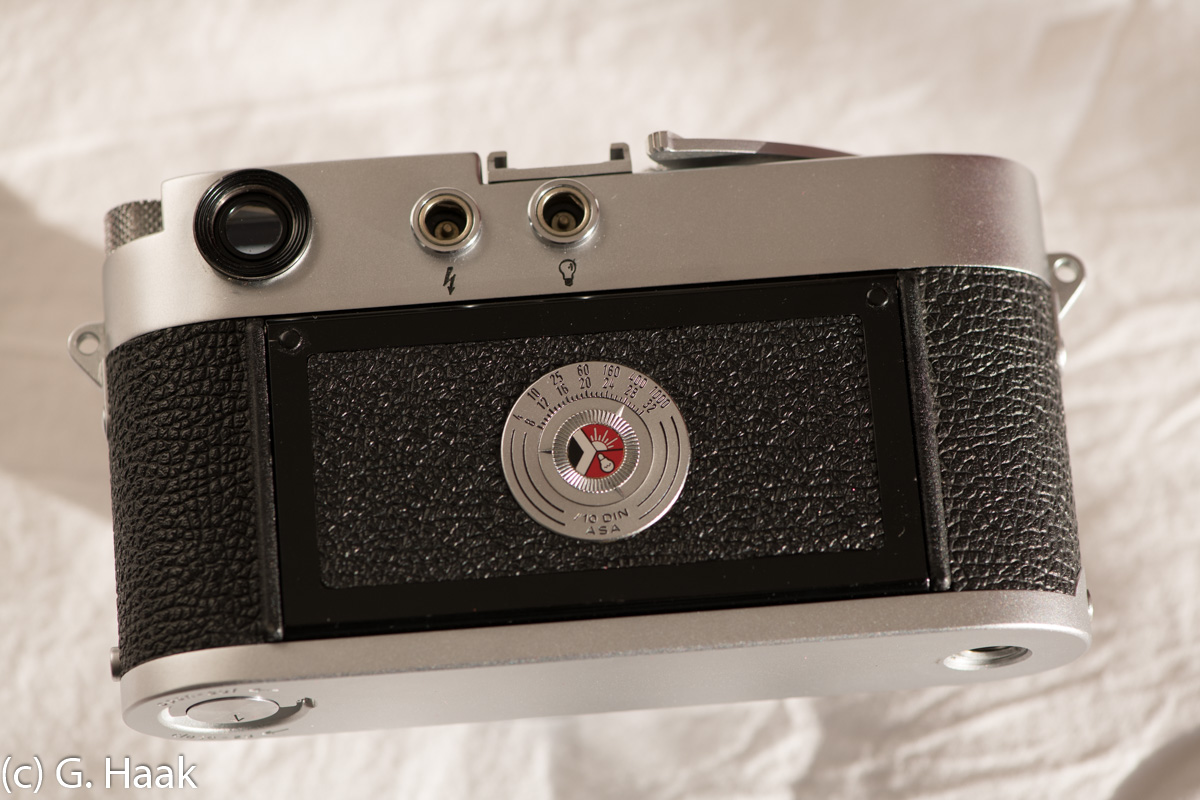
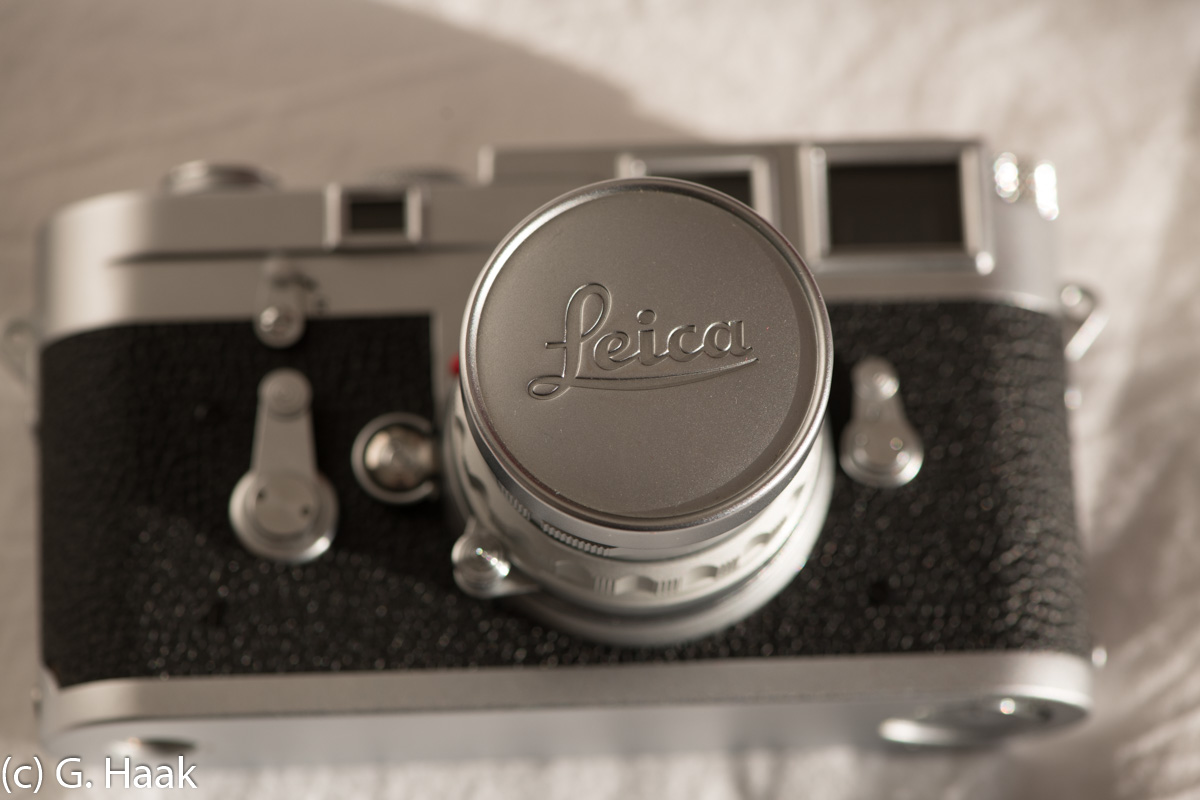
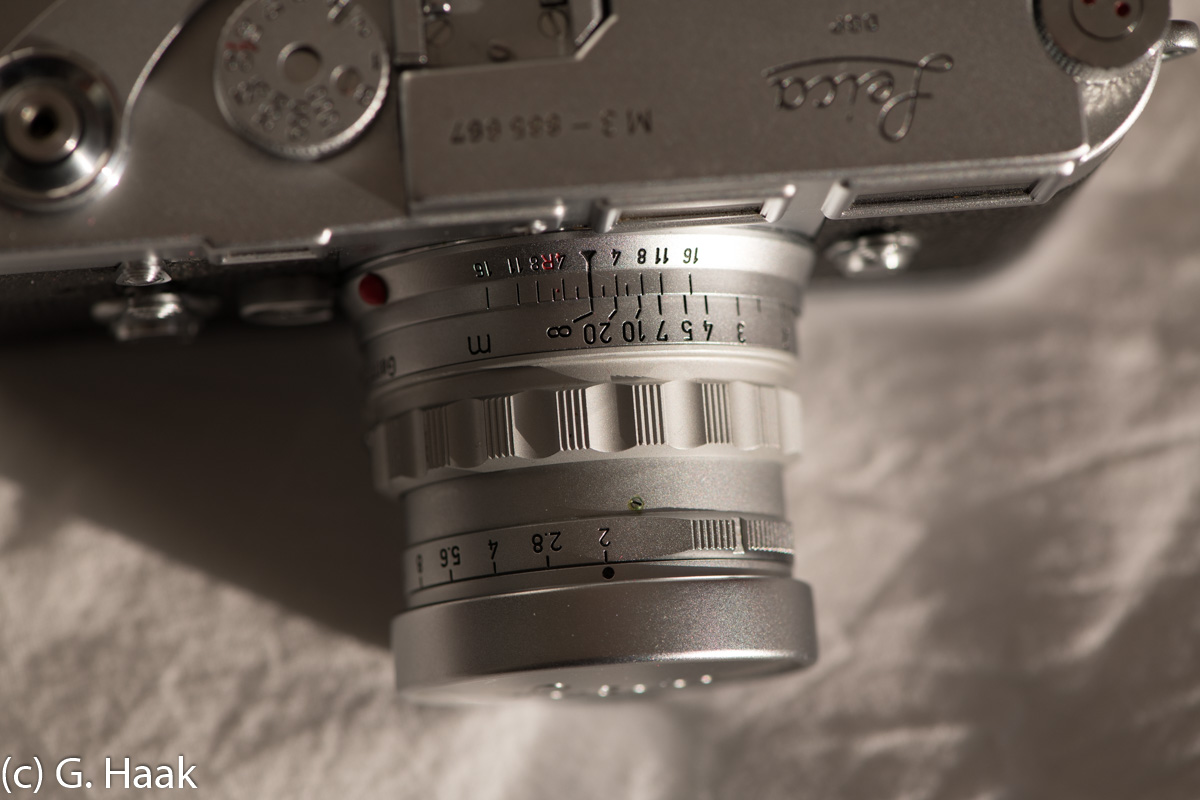
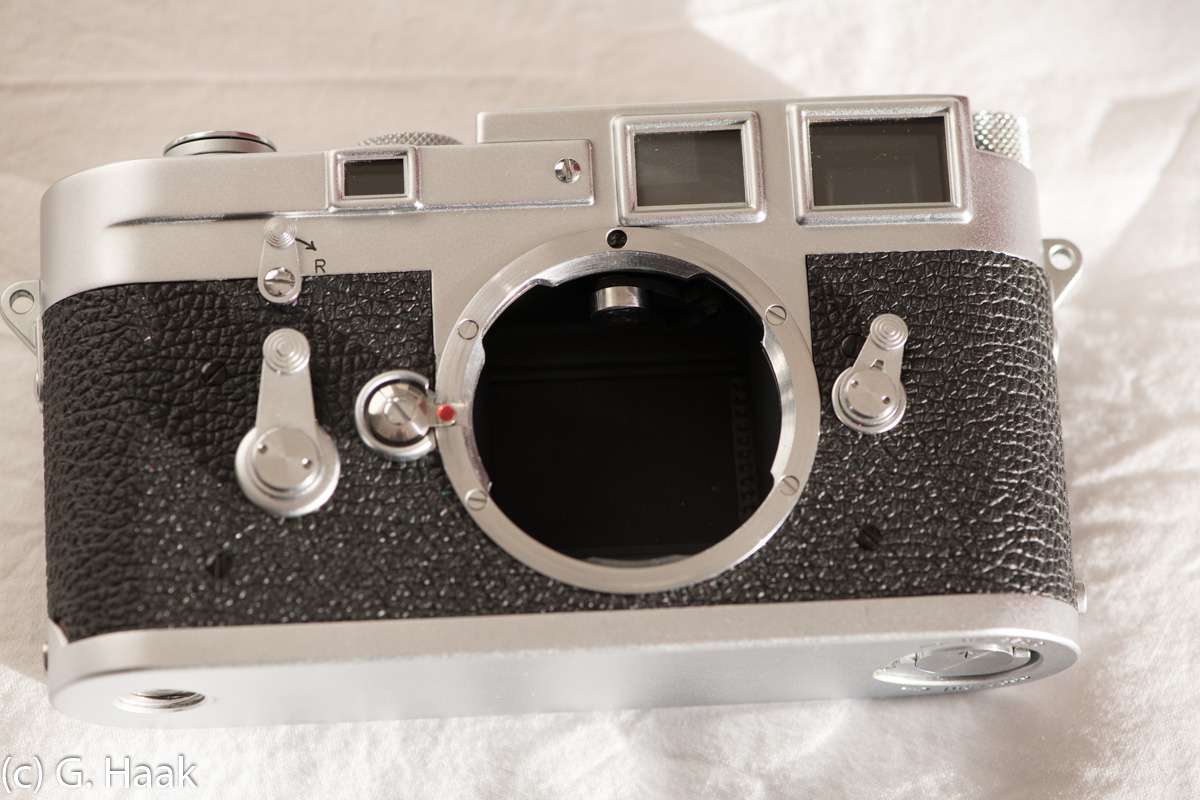
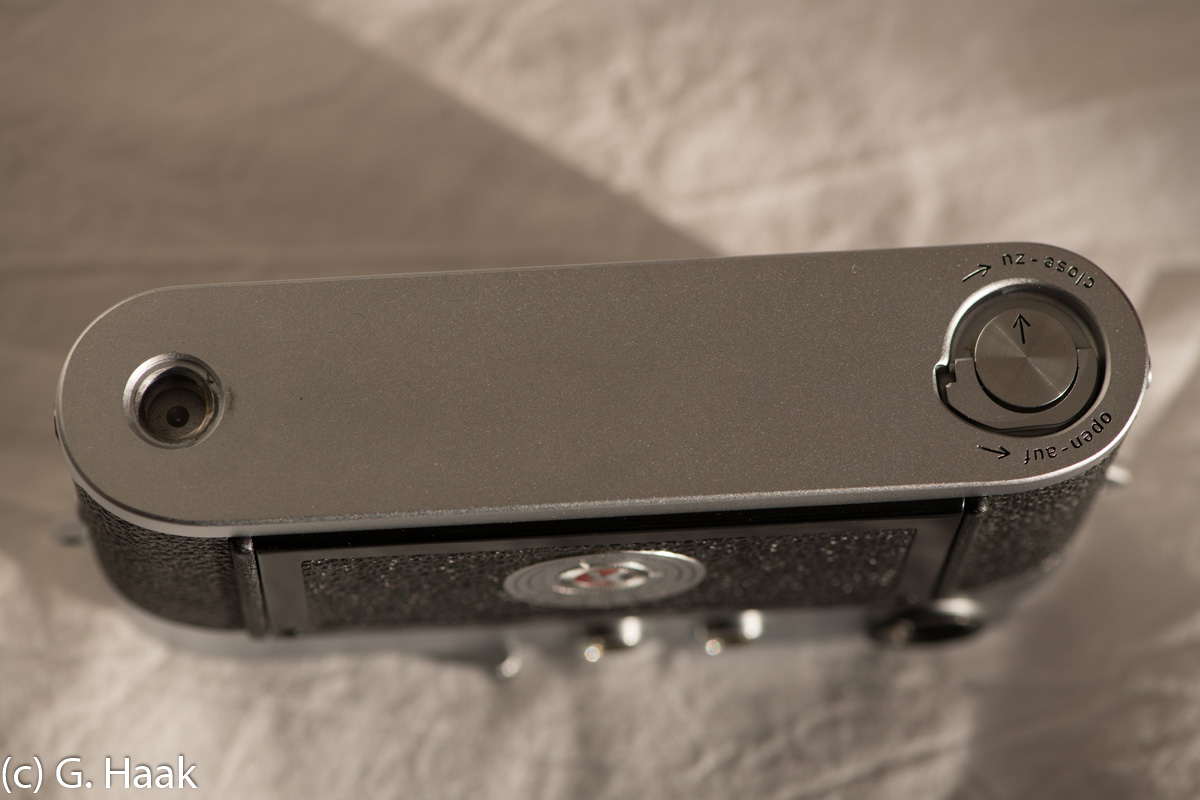
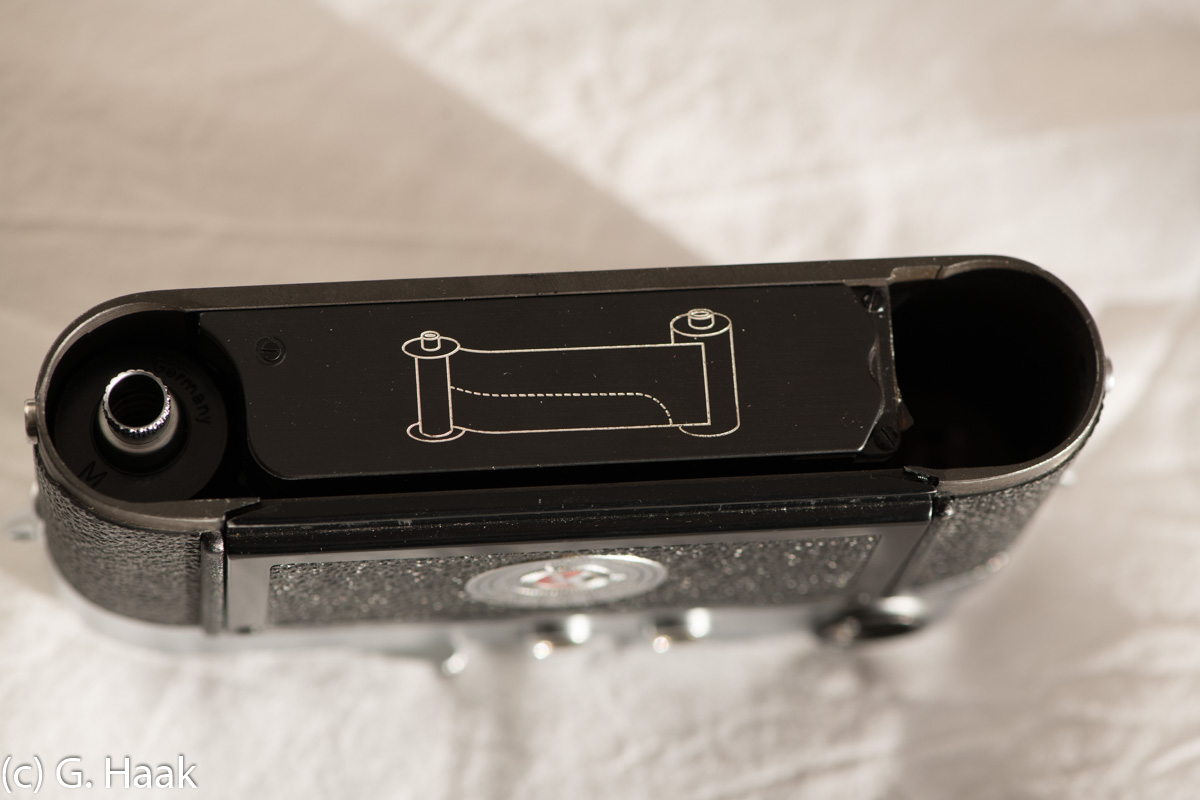
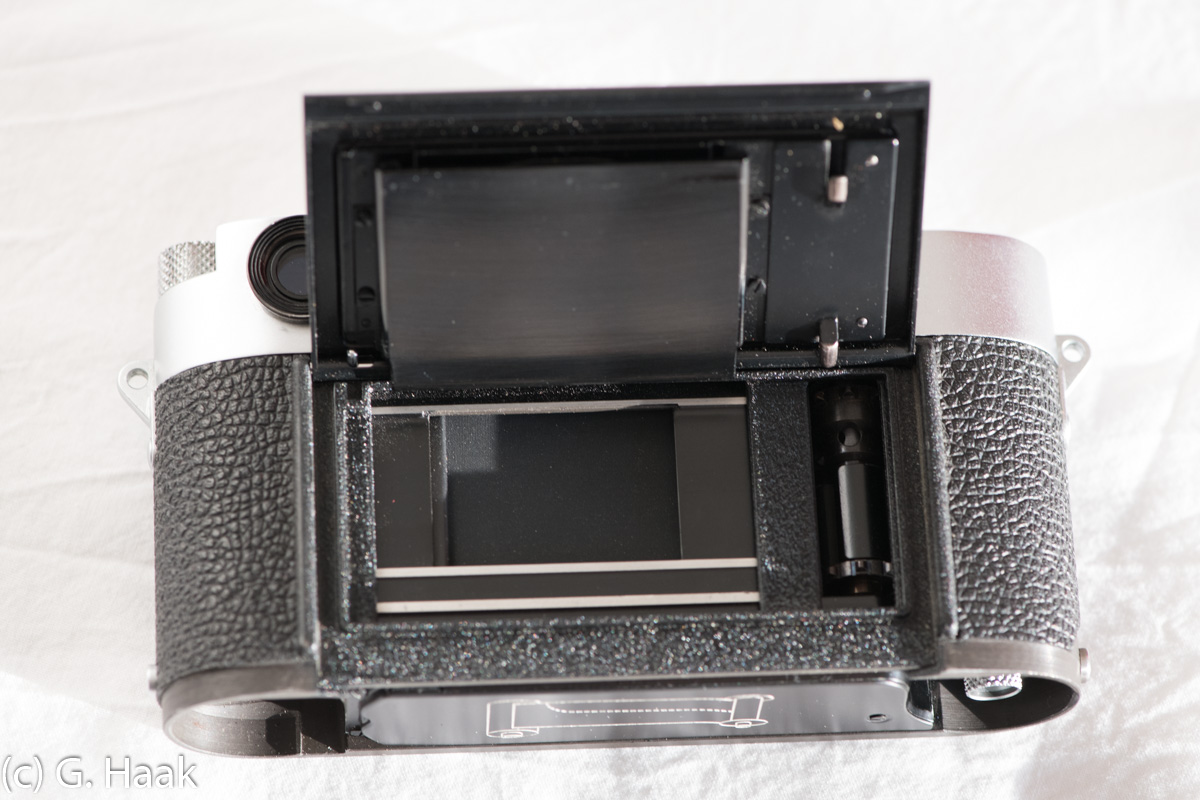
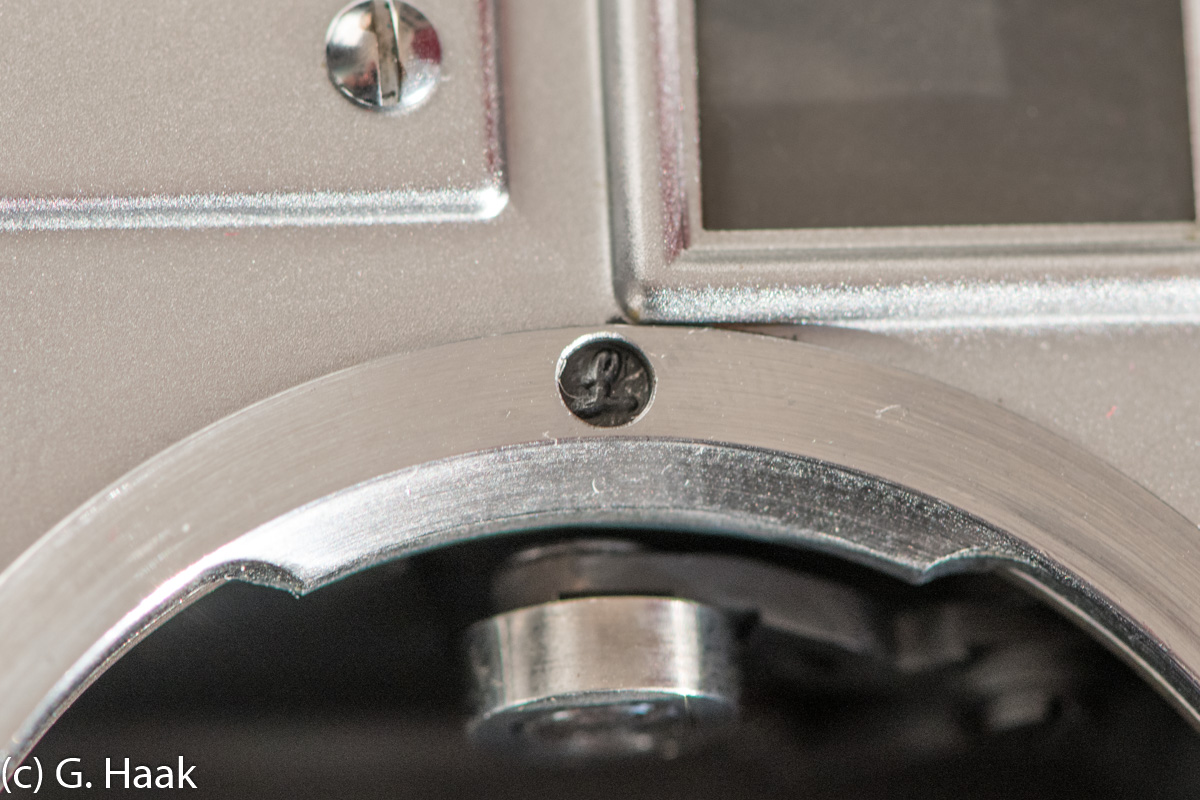
The second example is an earlier type with only a single dot on the rewind lever (even earlier examples sport a red line) which indicated the rotating knob in case the film was correctly loaded.
This example has a glass pressure plate which was discarded because of the possibility of electrostatic discharge under rare climatic conditions. It also still uses the original shutter speeds 1-2-5-10-... On top you see a black Leicameter MR of the second generation. Also on the bottom you can see the original marking with measures "11cm". The film speed setting only advanced up to 200.
FInally, note the screws on the top plate which are unique to the early examples.
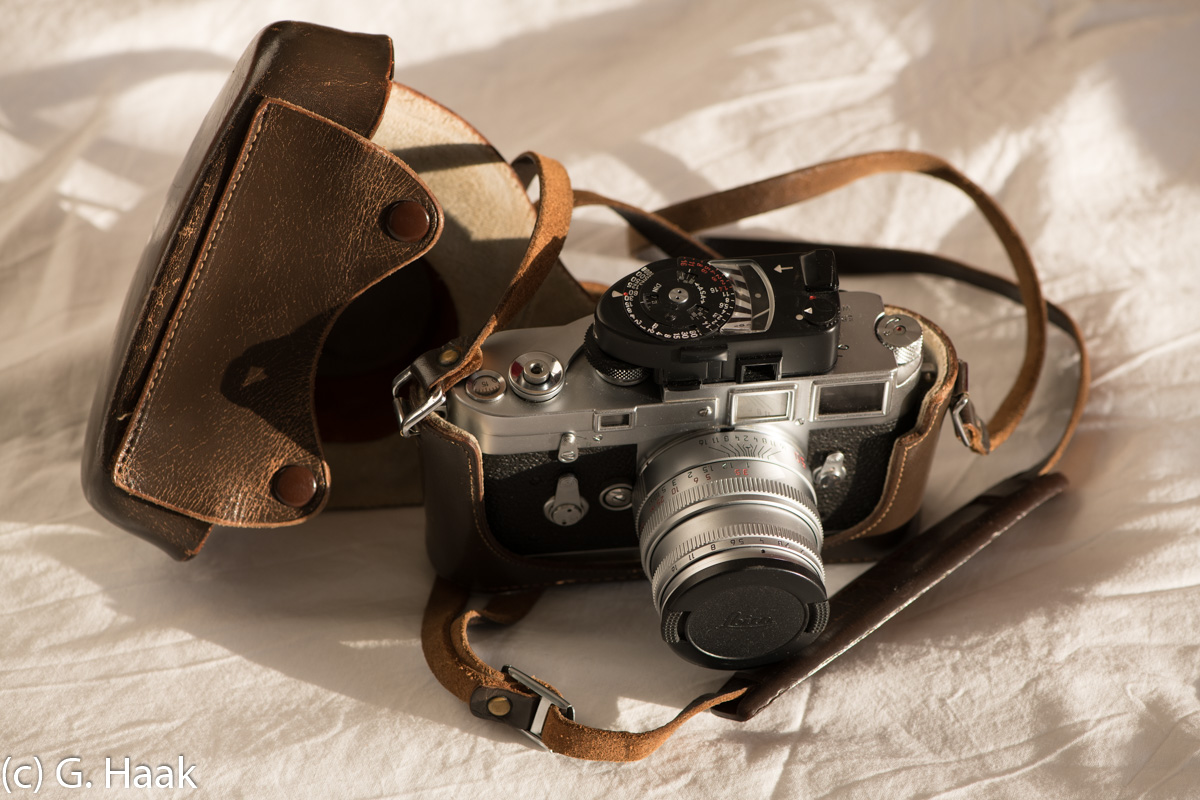
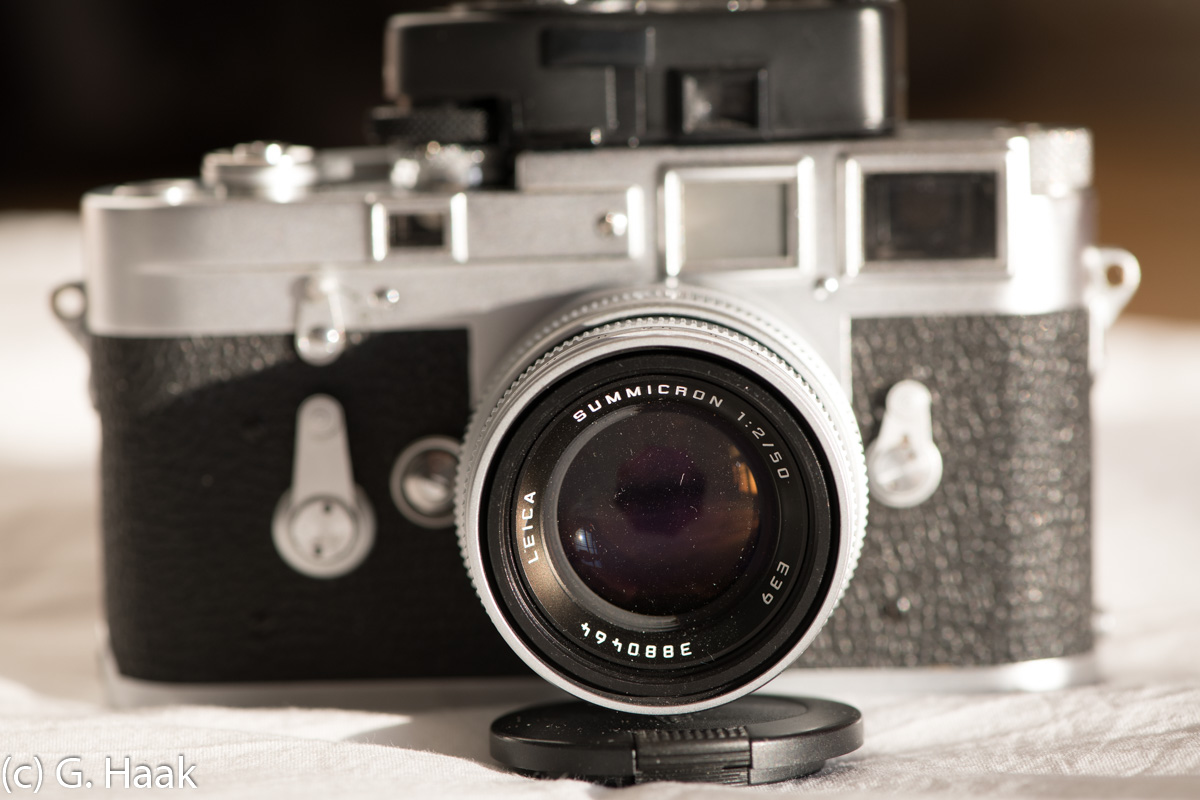
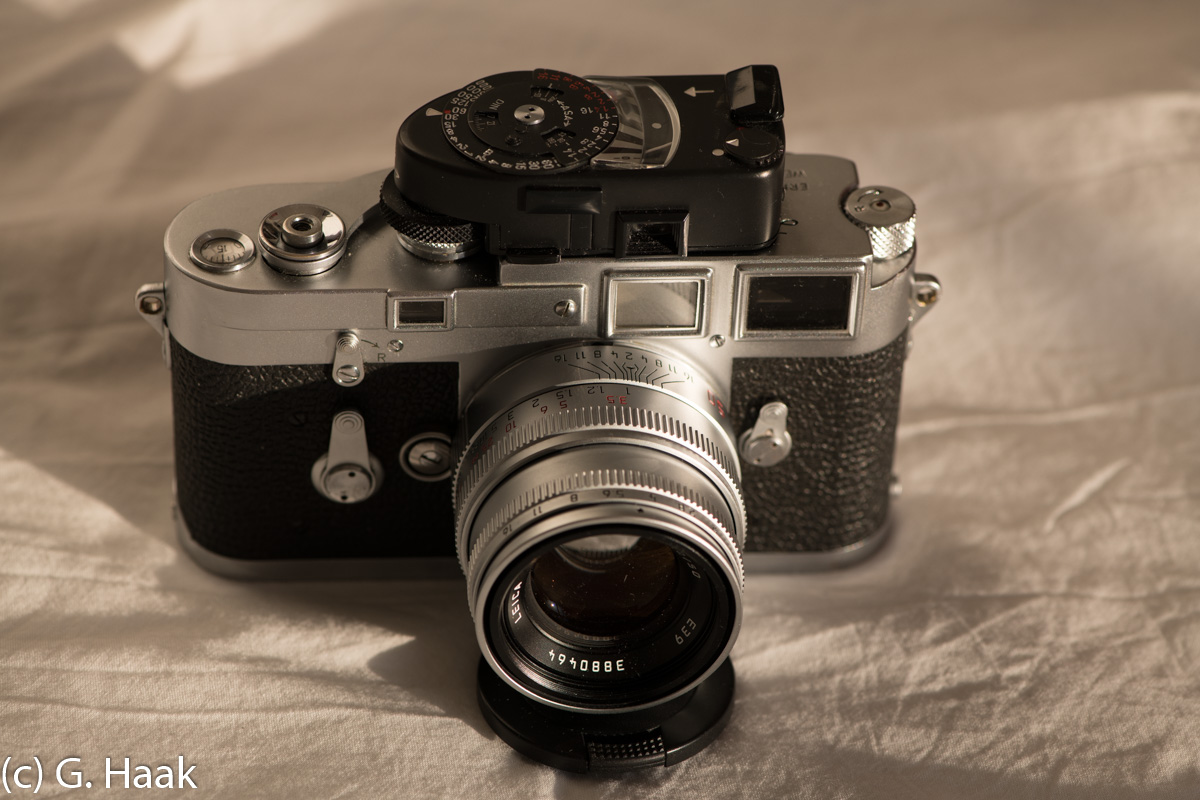
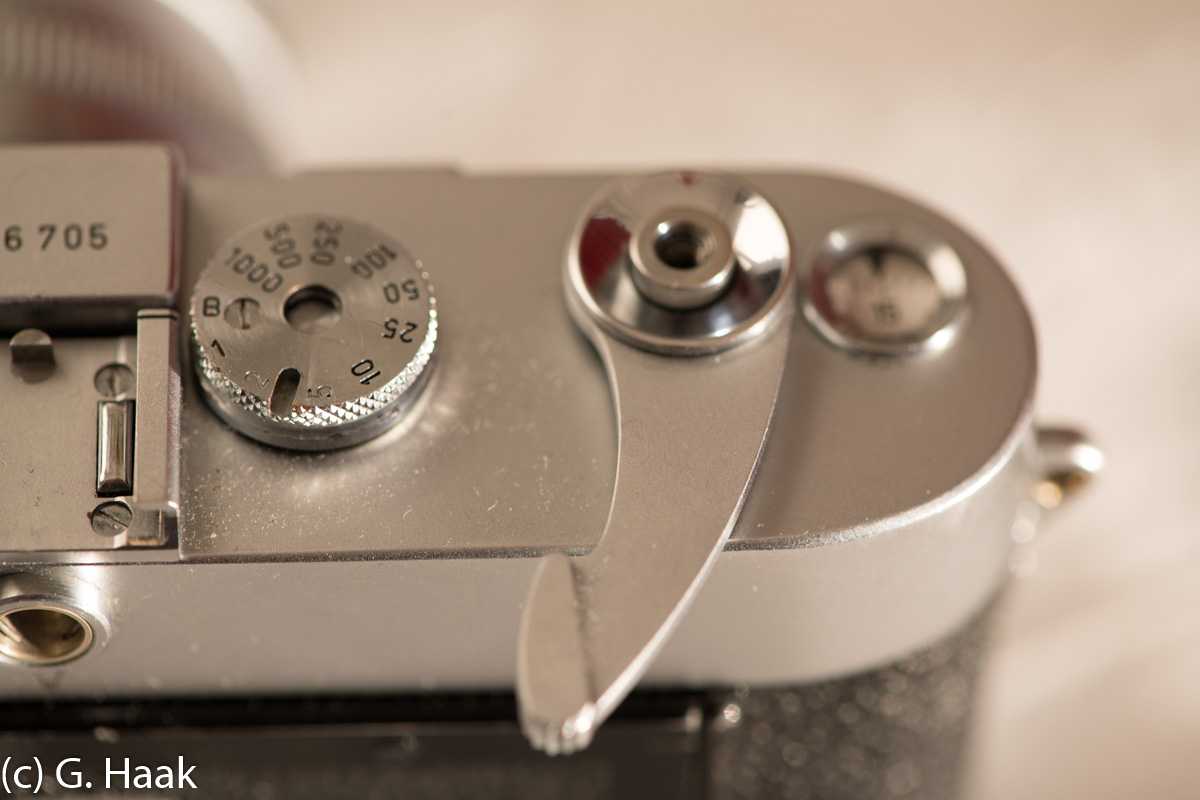
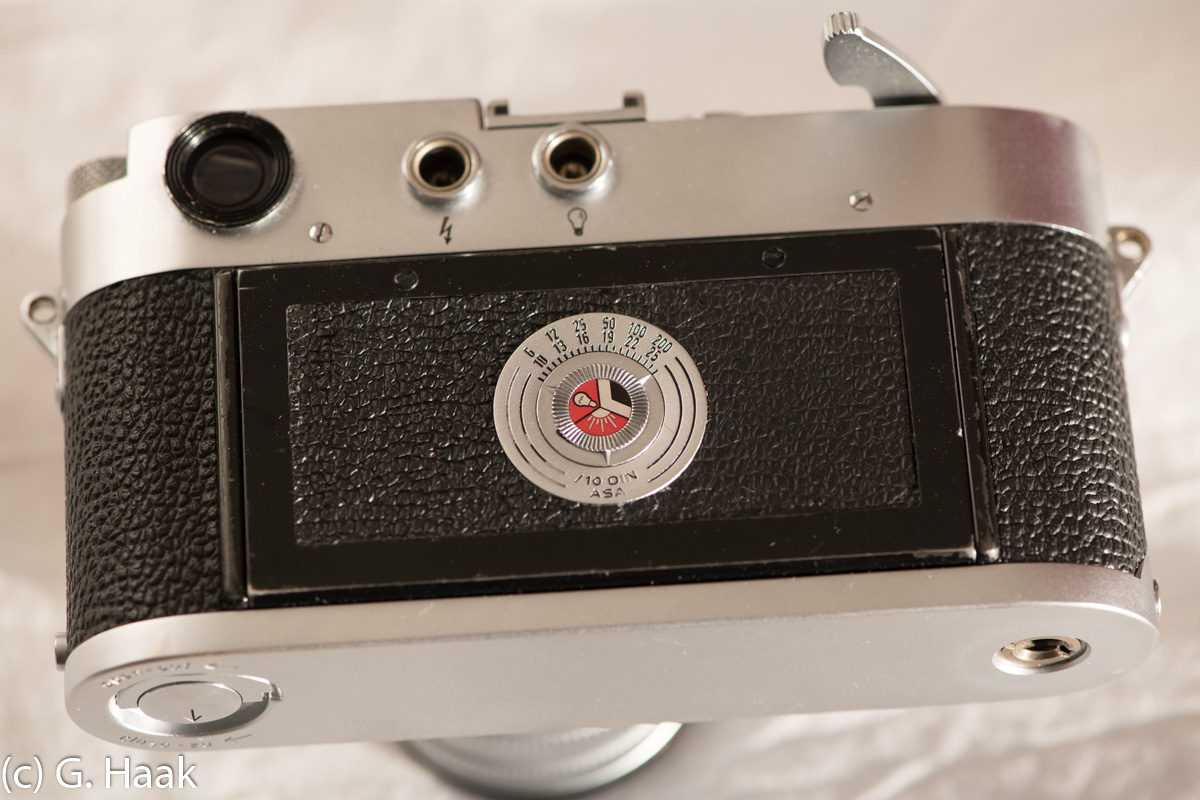
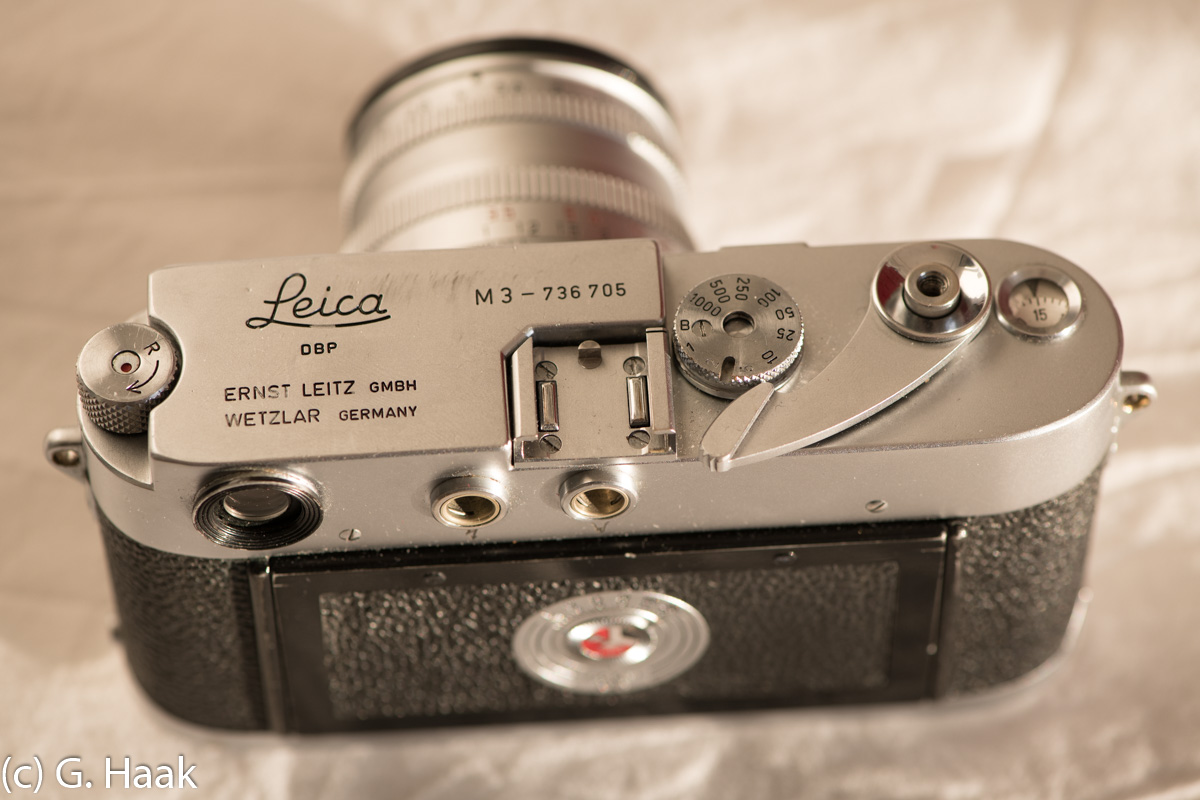
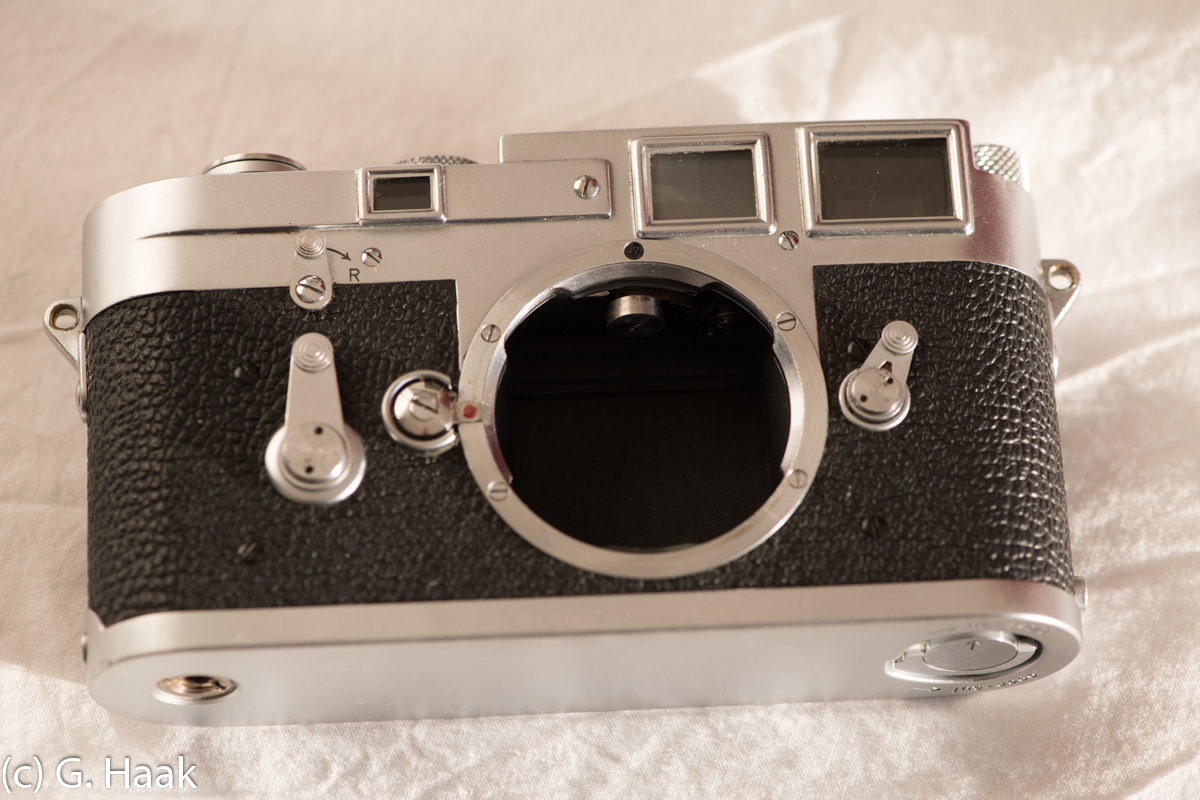
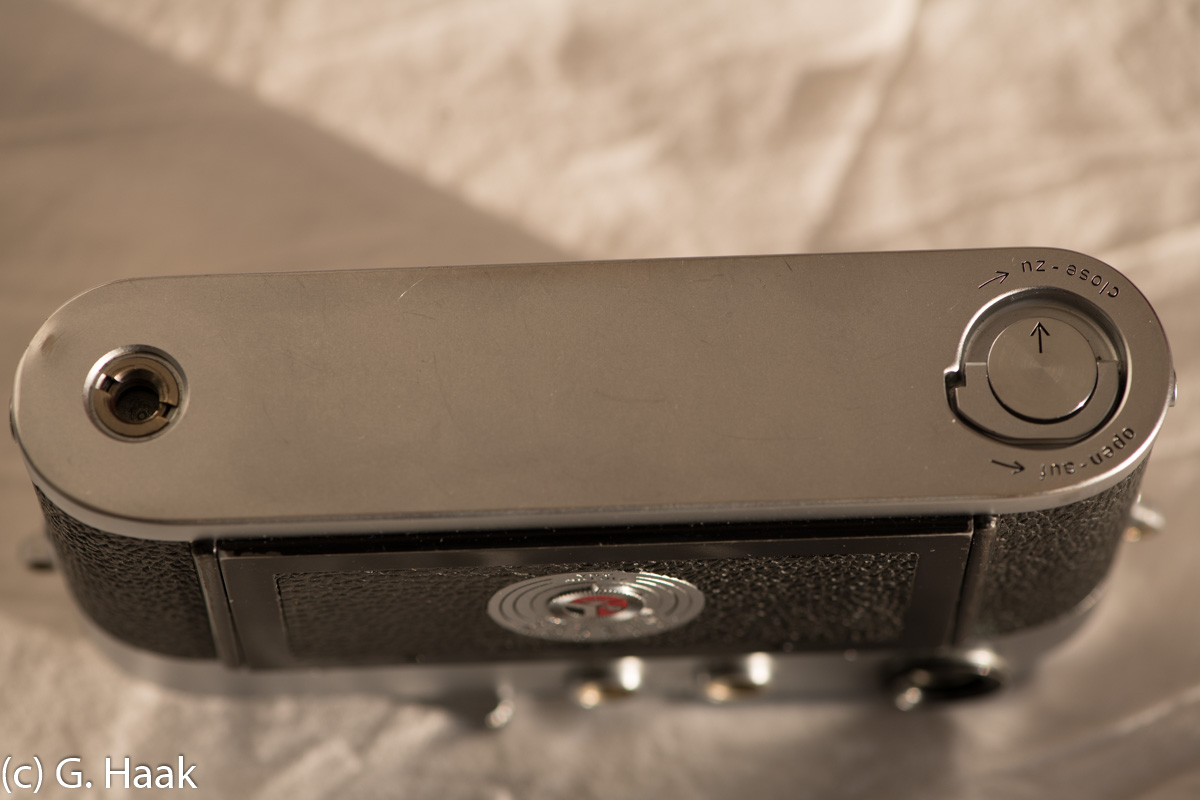
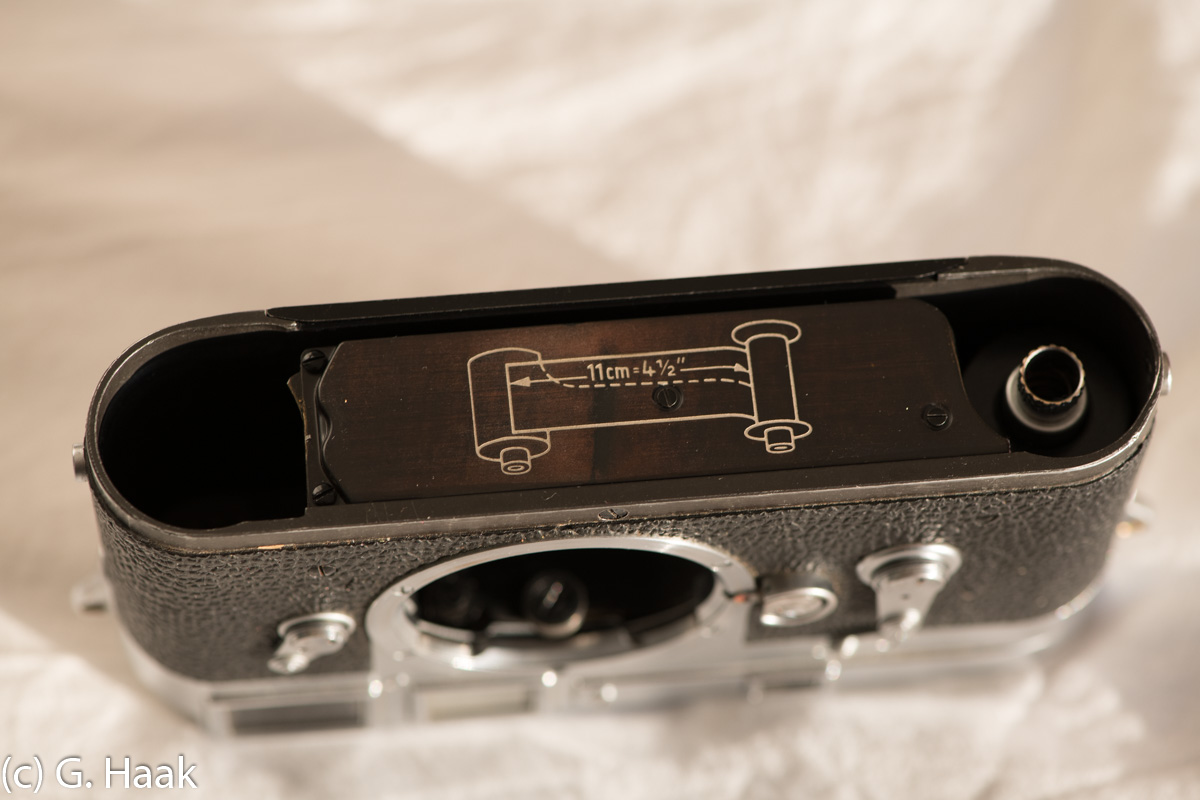
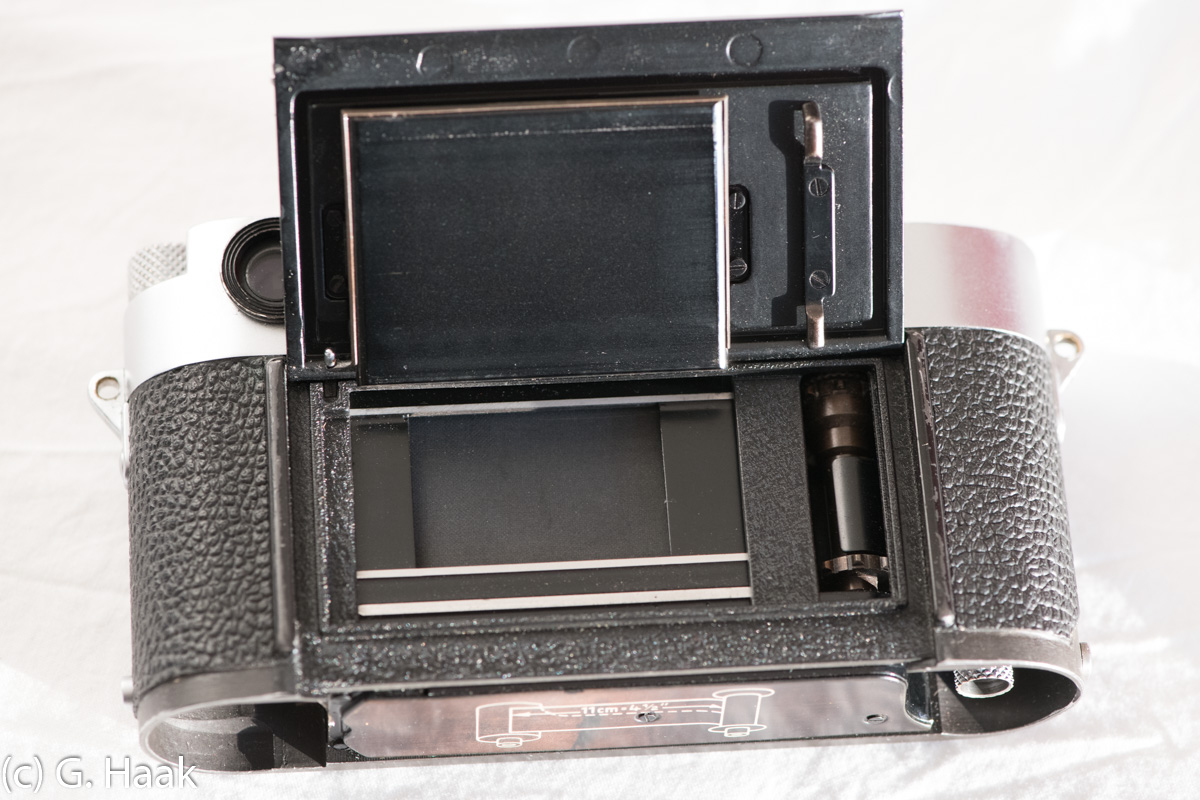
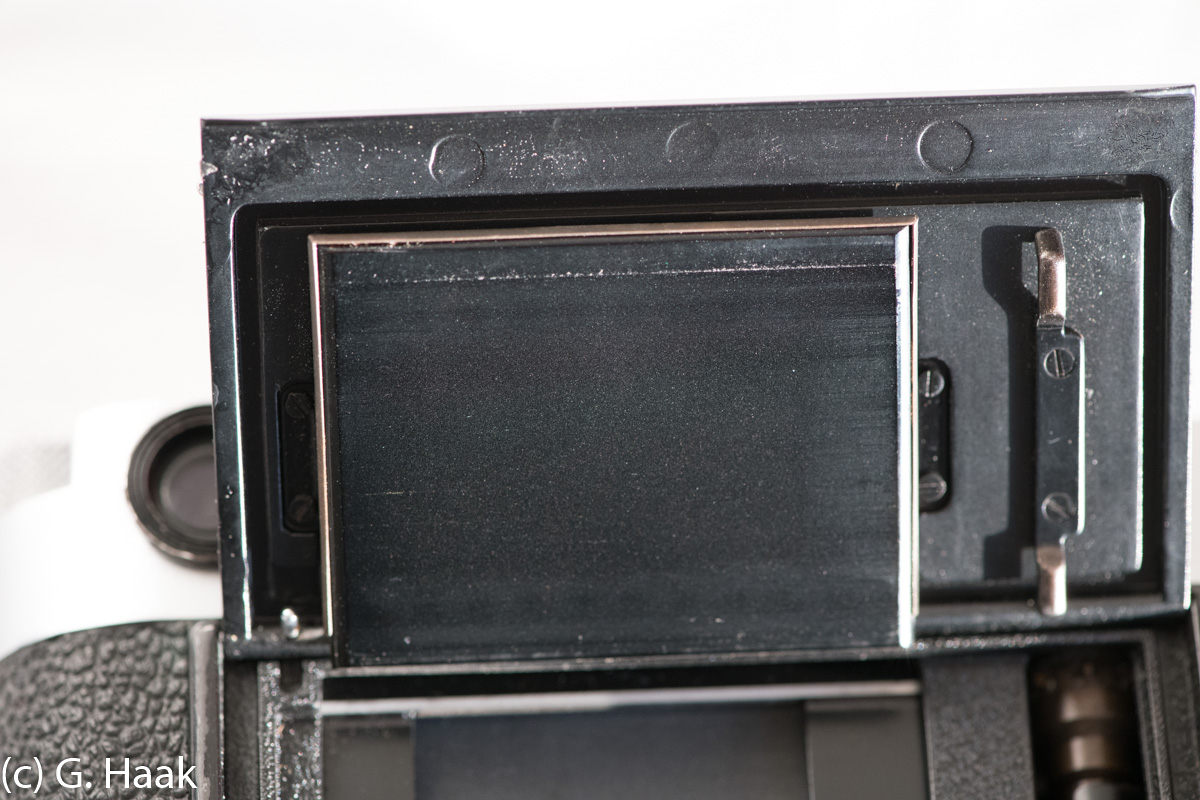
The third camera is a late version (serial number above 1.1 million). It has round strap lugs and is wound with a single turn of the lever ("single stroke" design). It is shown here with a 35mm lens which requires "goggles" to allow focusing with the M3 rangefinder. On top is a still perfectly working Leicameter MC
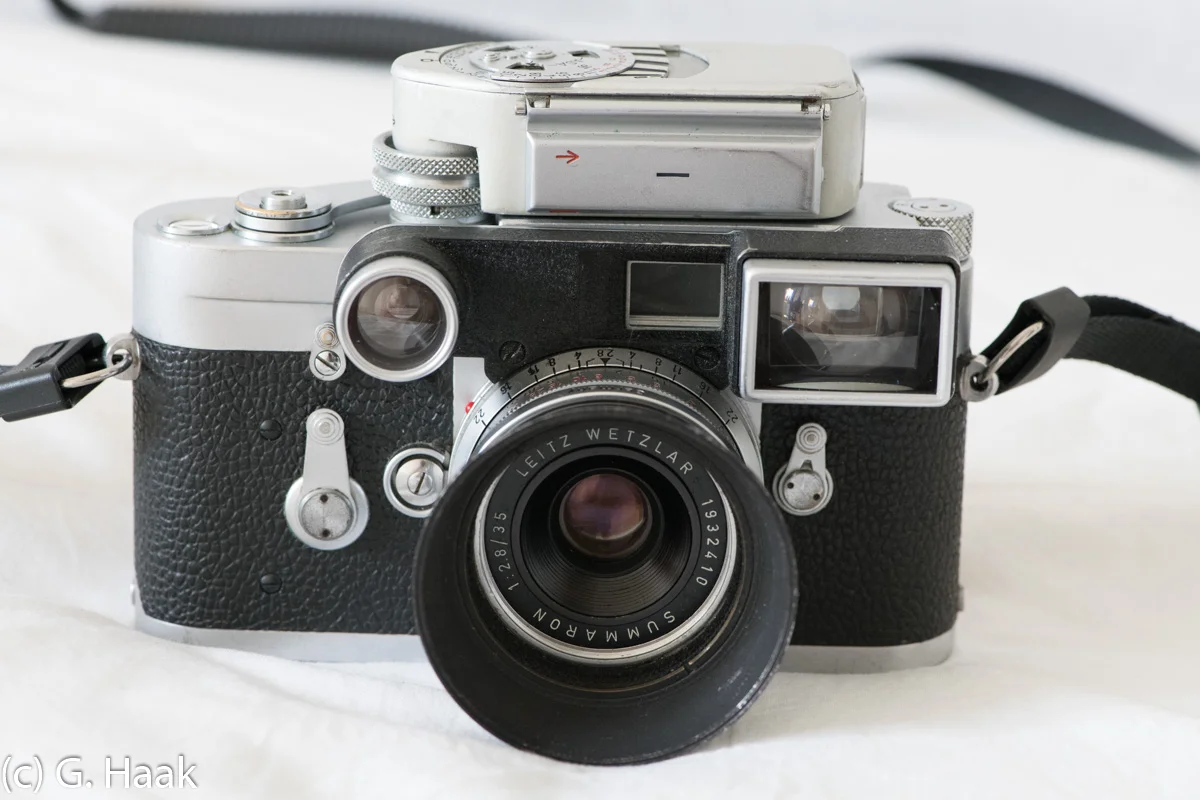
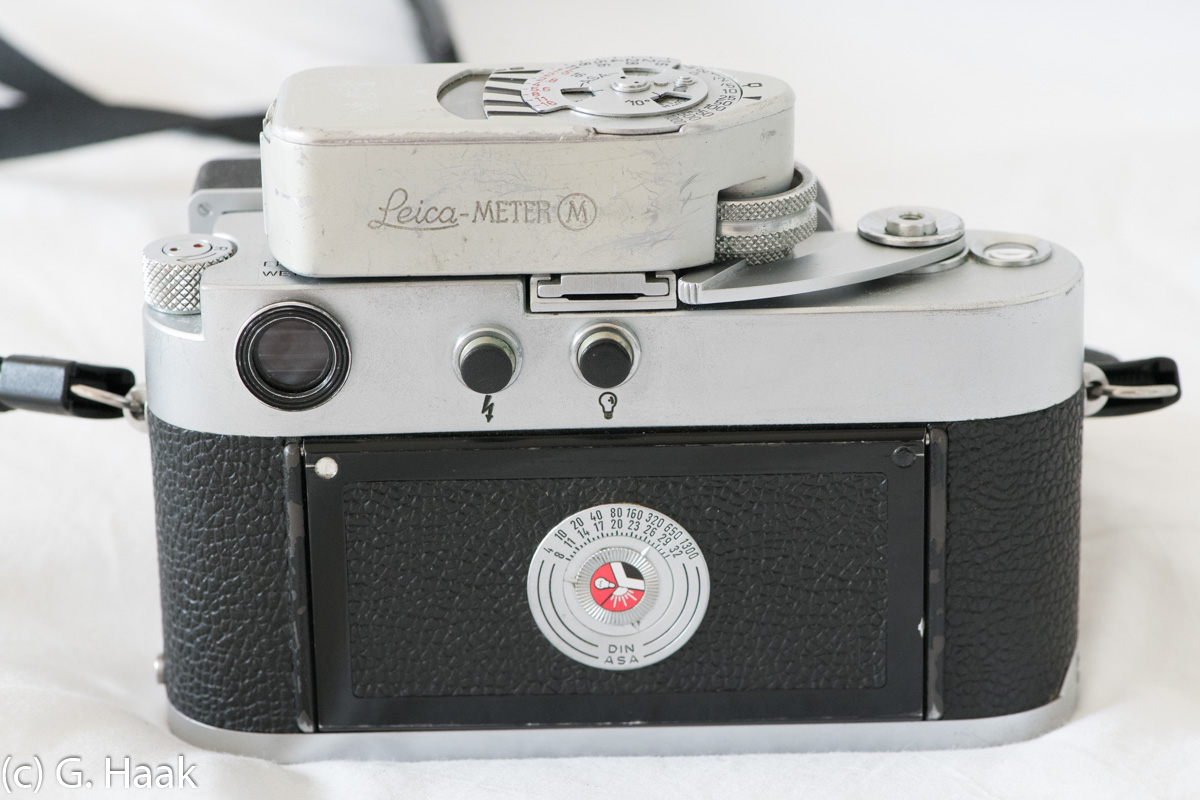
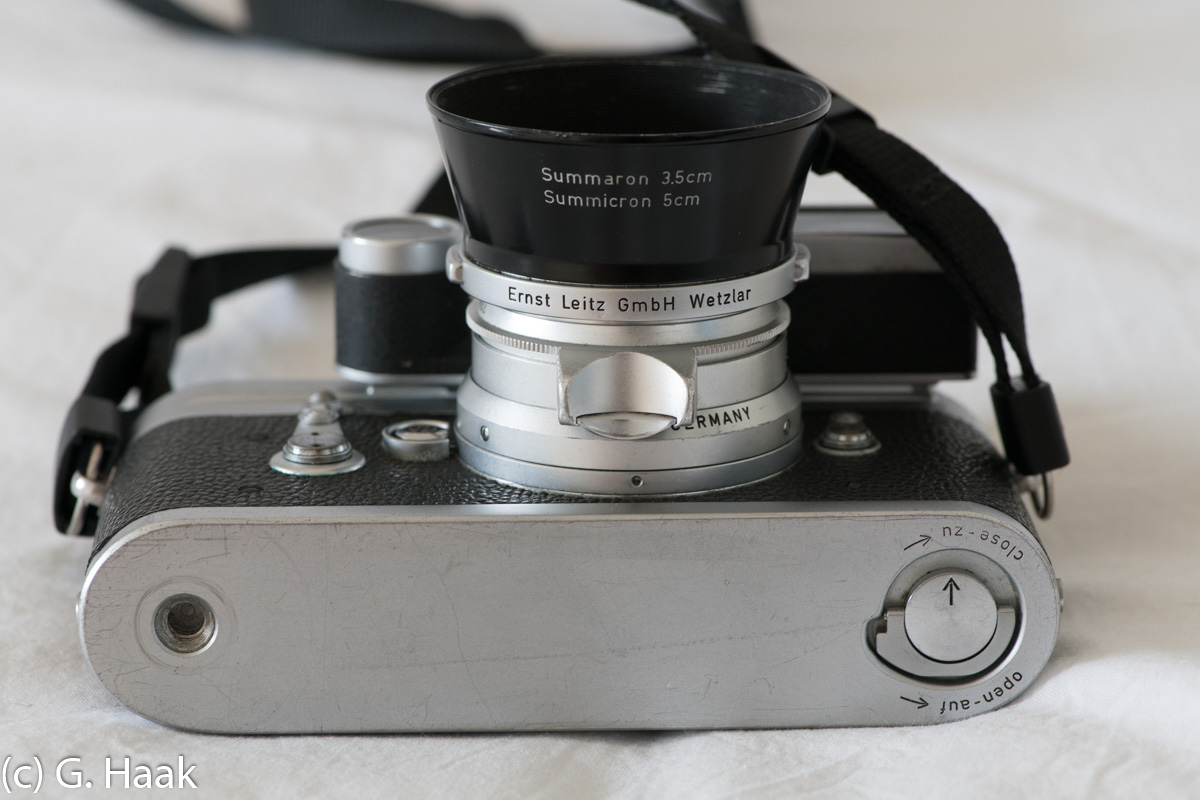
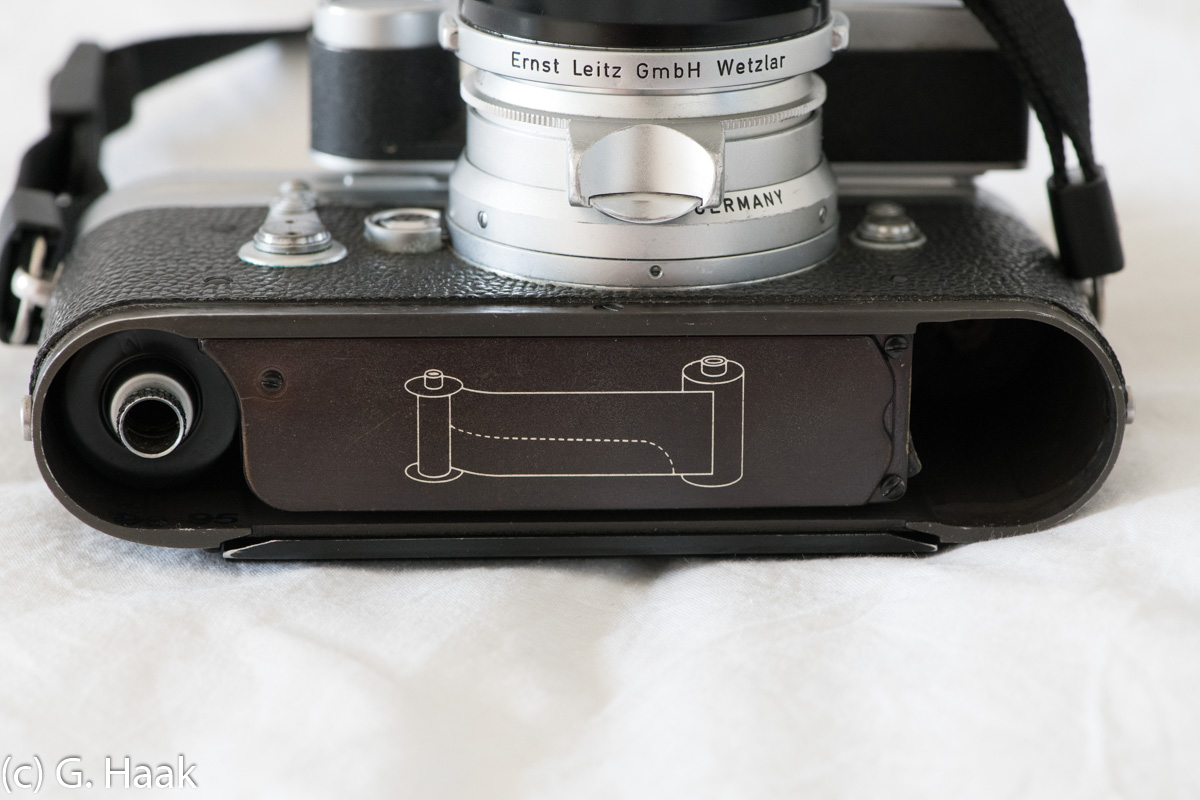
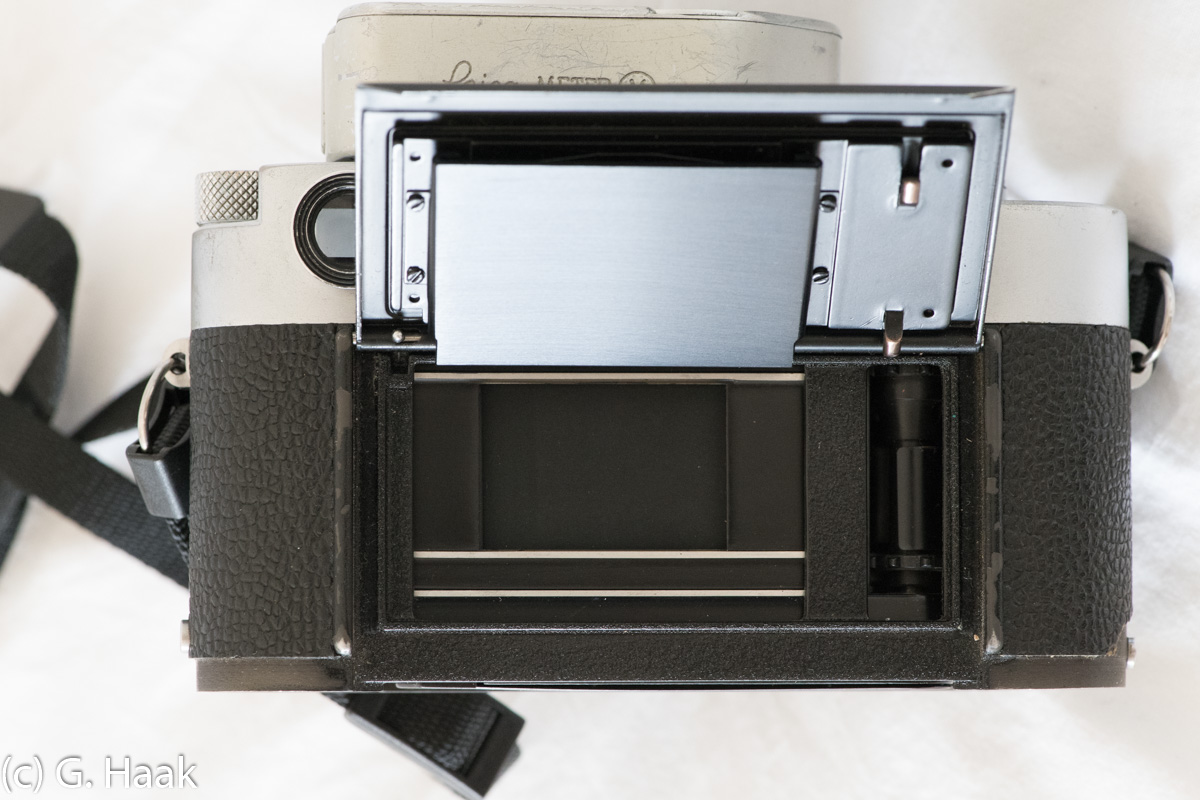
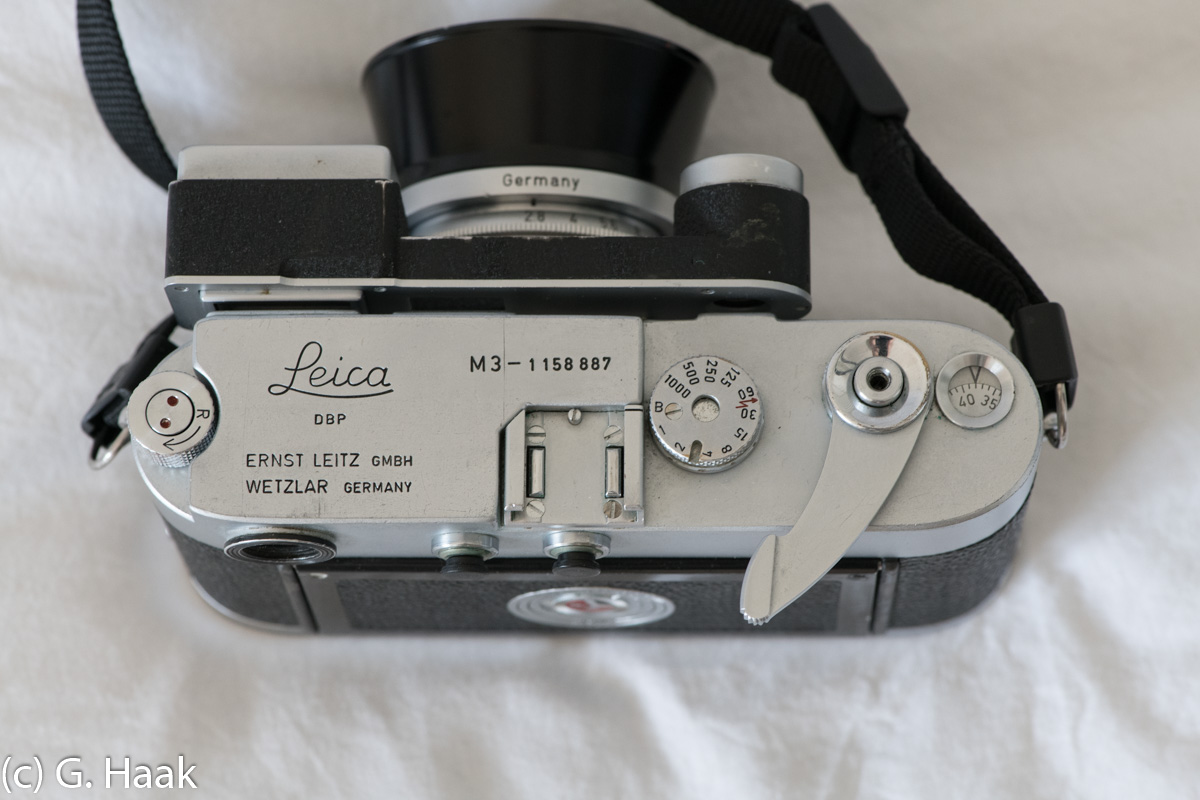
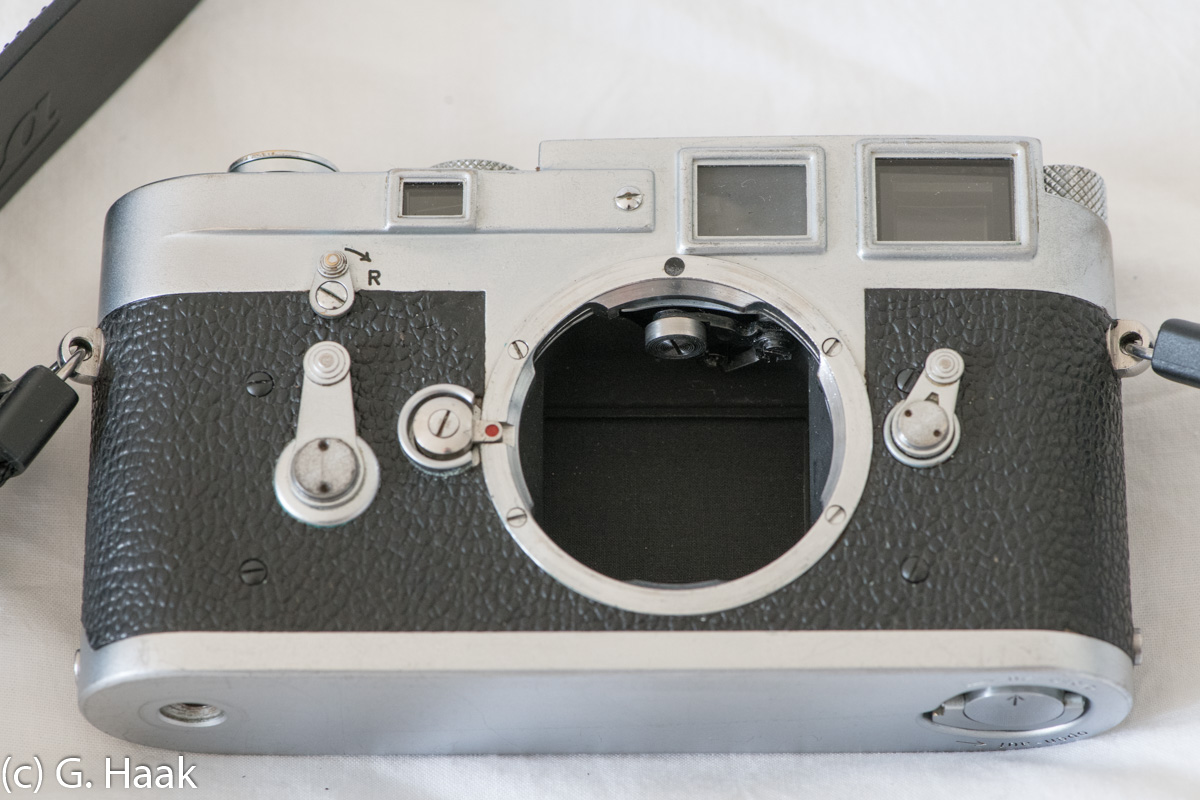
LEica M4, 1967-1975
While being hugely popular, the M3 left significant room for improvement. Mit of the 60s SLRs, most notably from Nikon, started to become more popular. Also the Leica and Contax copies made by Canon and Nikon, respectively, were better than the originals.
Thus, in 1967 Leica made some major improvements:
- A better rewind lever which sped up the rewind process considerably
- An easier loading mechanism (which I think is not as reliable as that of the M3)
- The option to show 35mm framelines in the viewfinder (which unfortunately reduced focussing precision for the 50mm lenses.
The first example is a rare black paint ("Schwarzlack") version in very good condition.
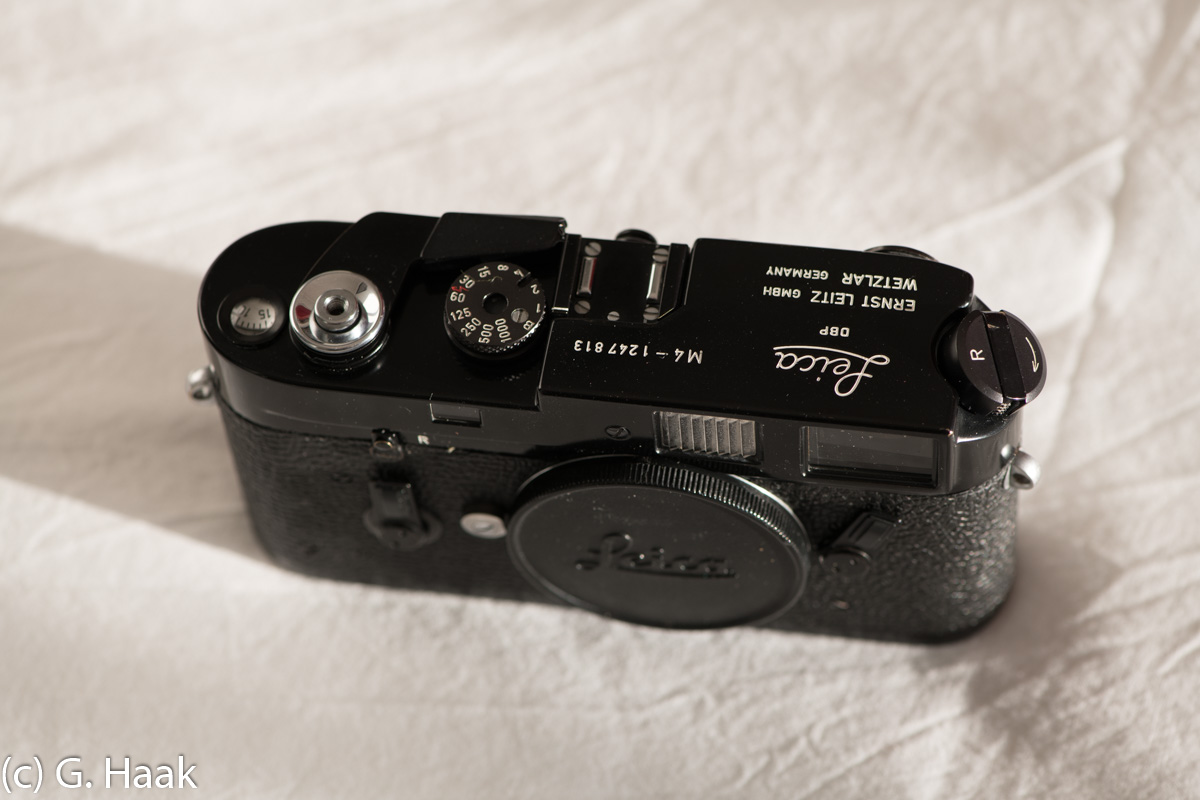
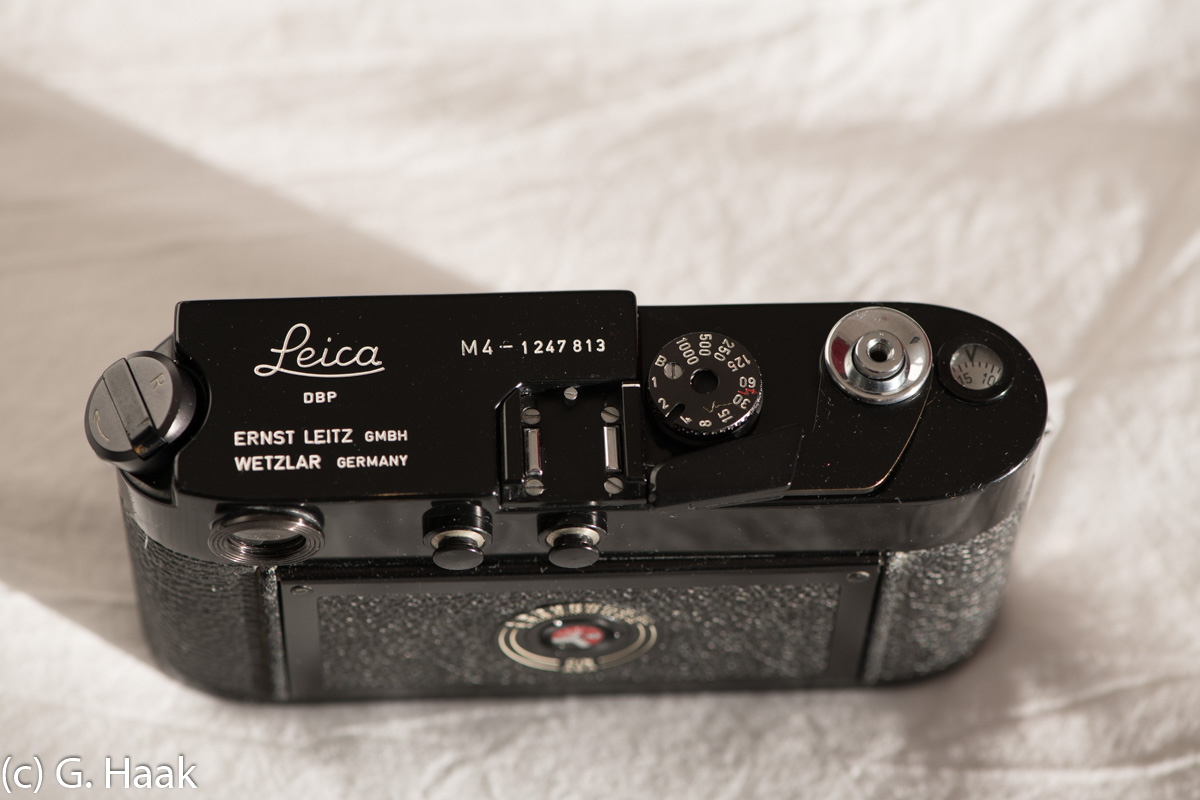
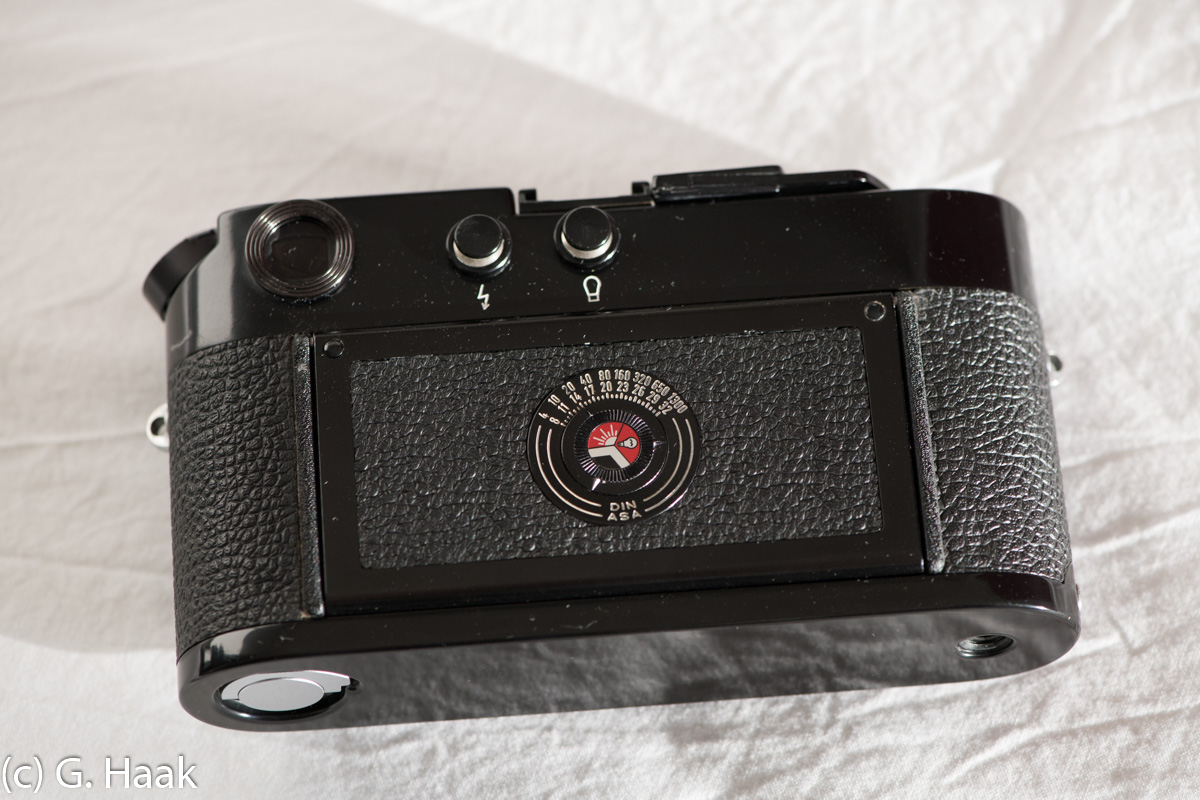
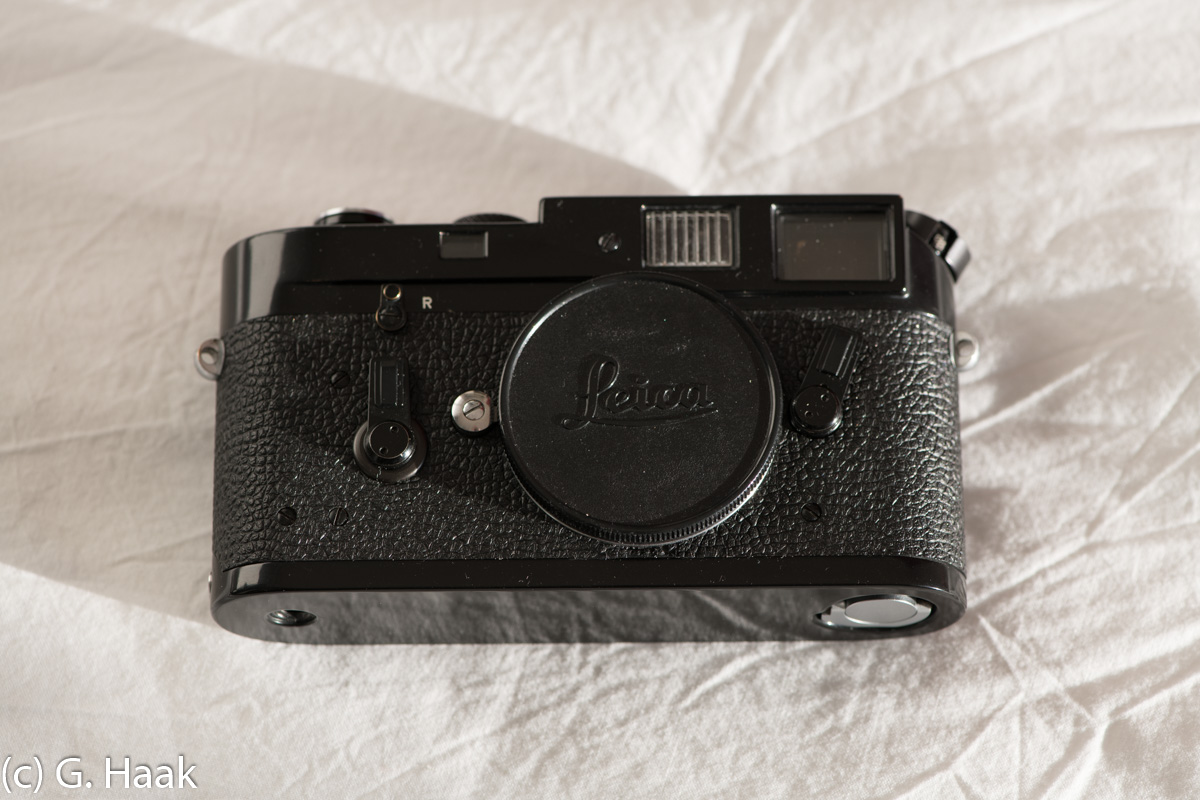

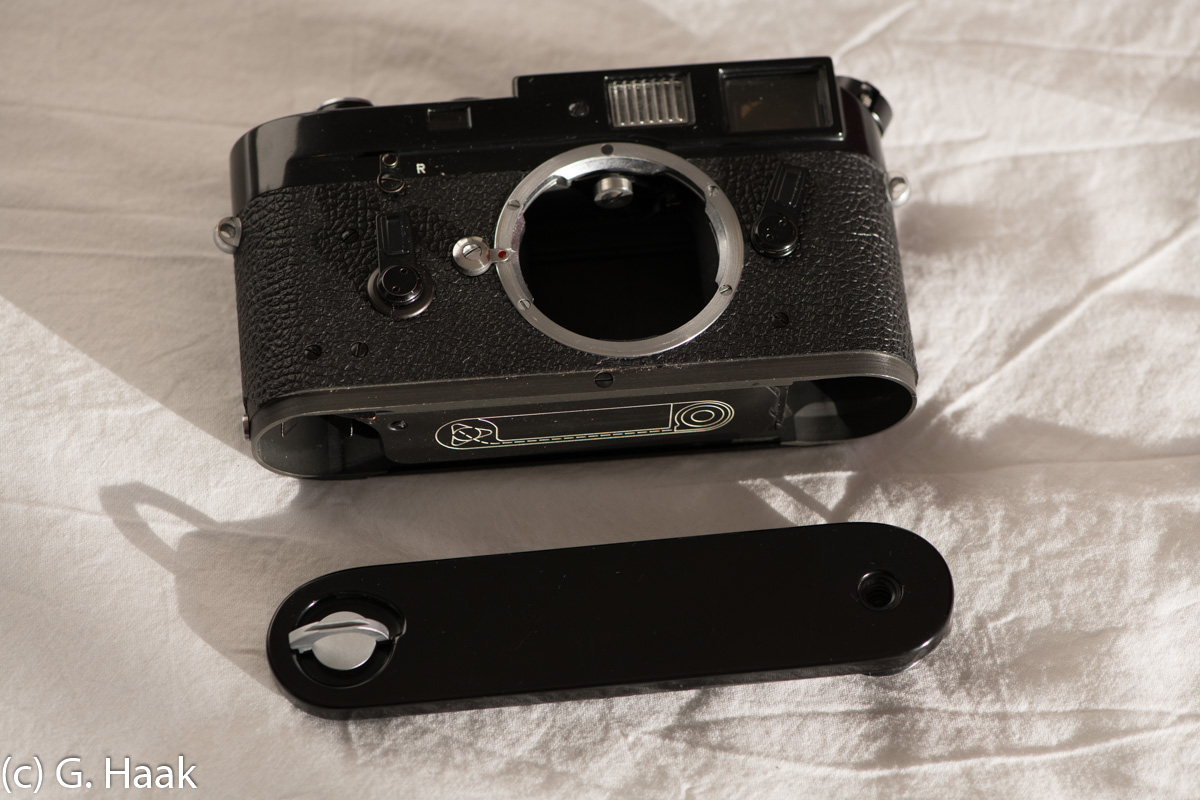
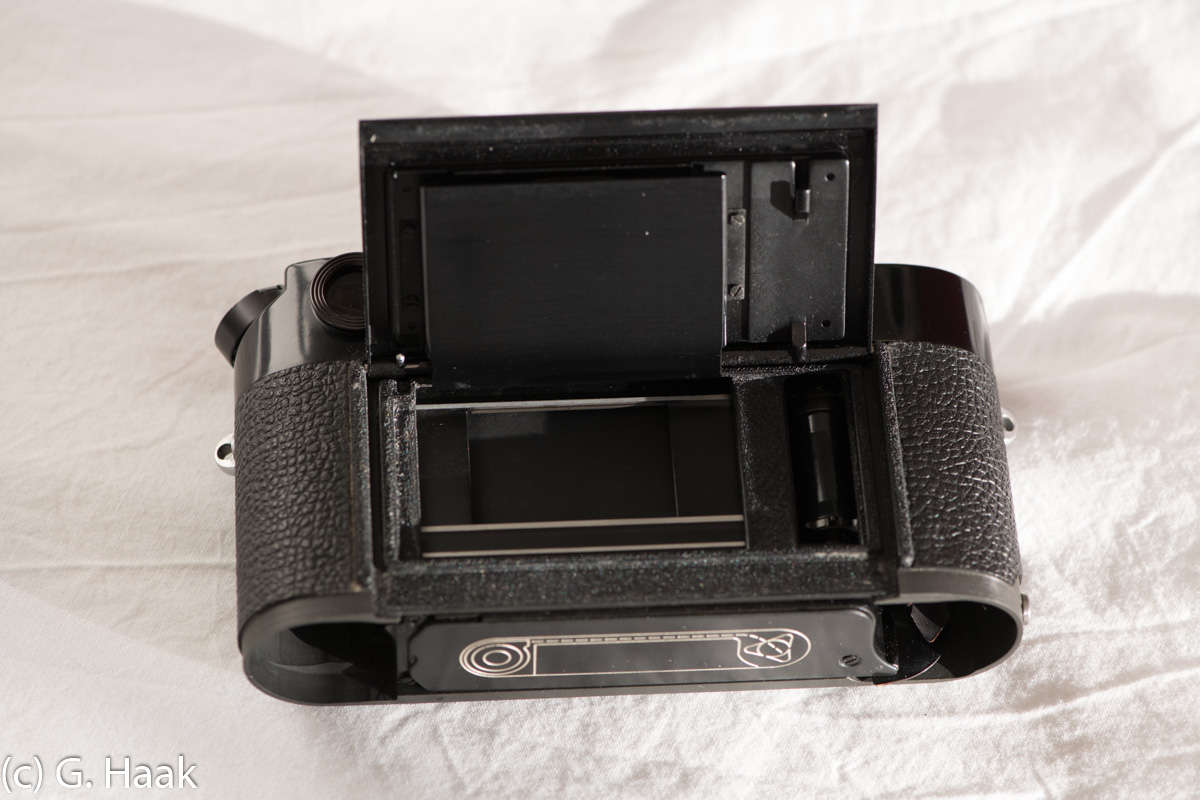
The second example is a standard chrome version. It has the newer Leicameter MR on top.
Leica M5, 1971-1975
With the increasing availability of integrated lightmeters in the competitors' models, Leica was forced to break even. The Leica M5 included a CDS light meter. You had to bring a moving needle in alignment with a small loop which was controlled by aperture and speed. The camera used the now obsolete PX625 mercury batteries.
